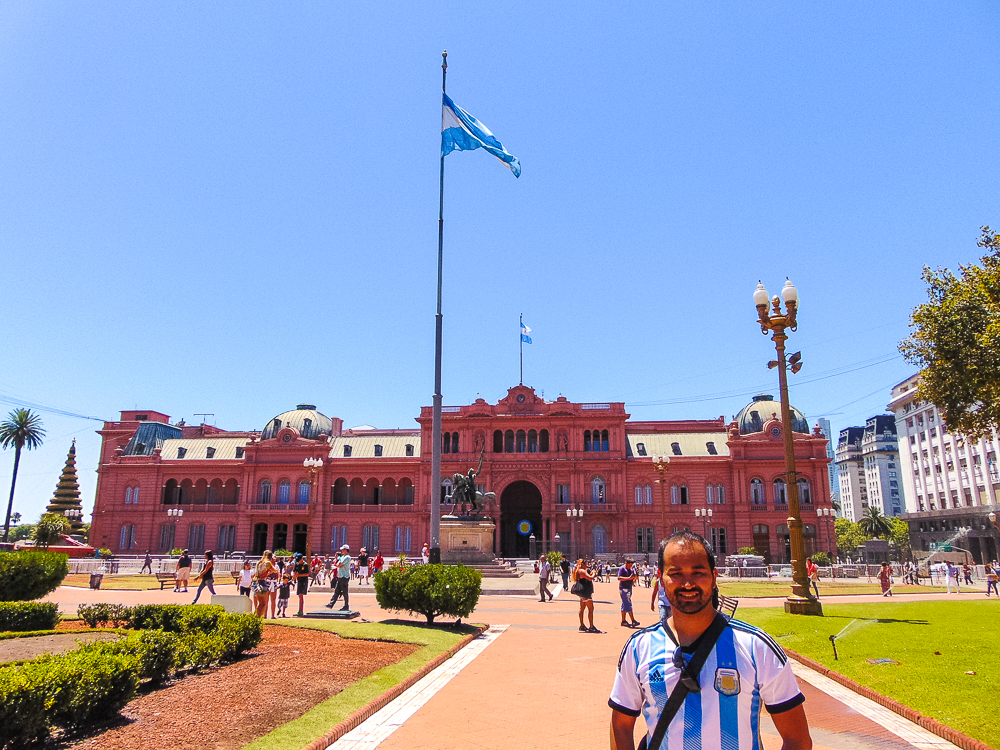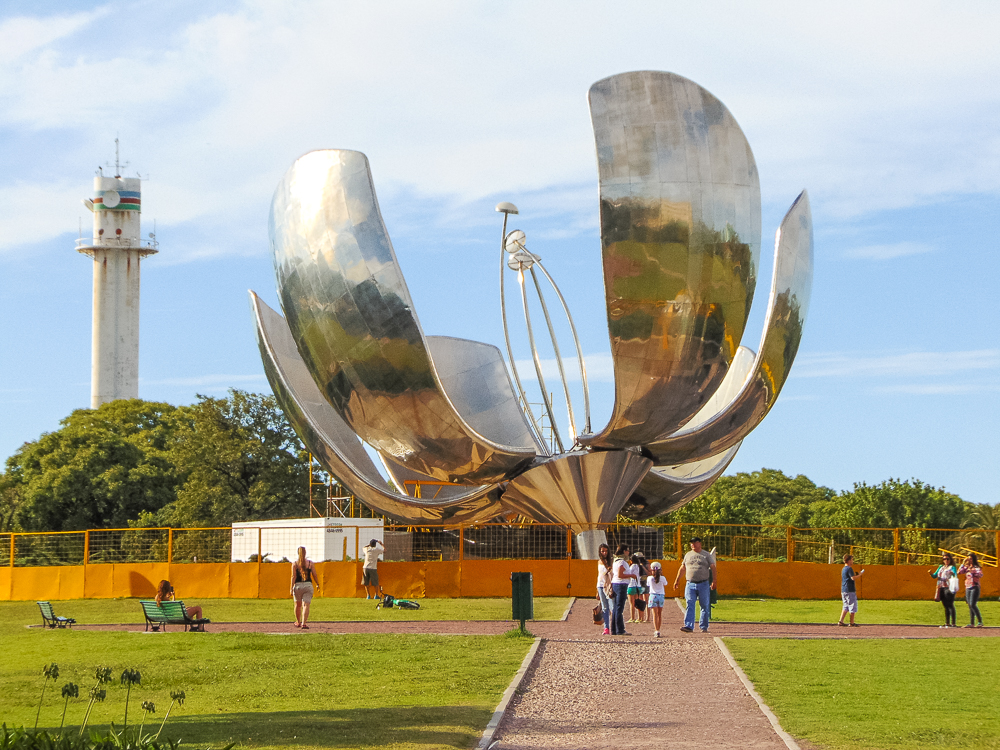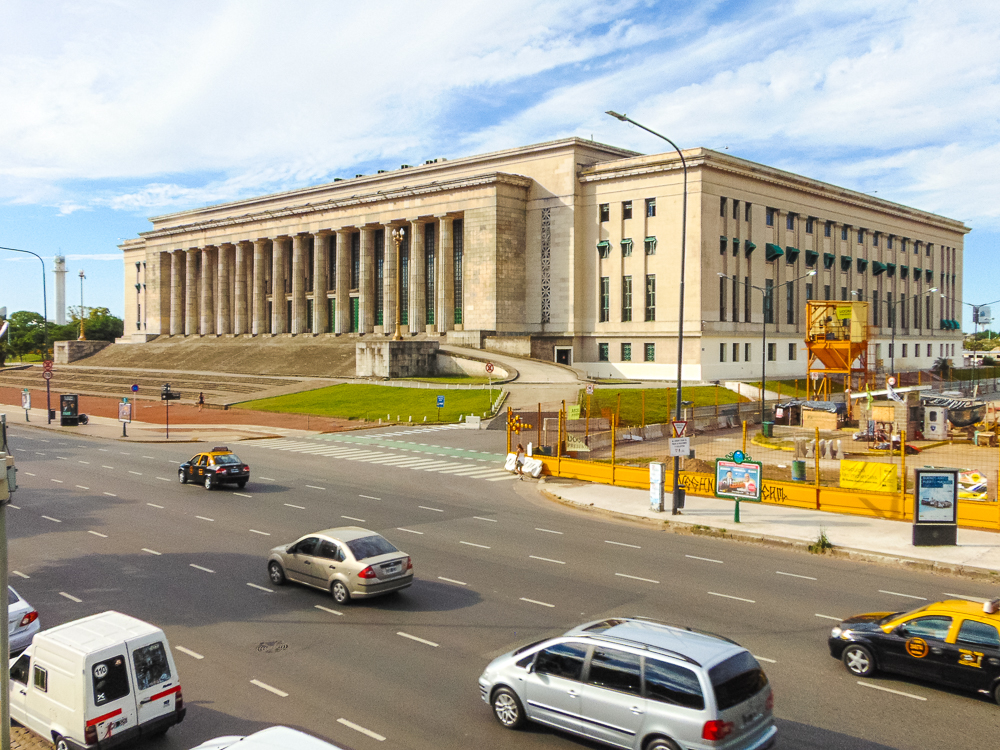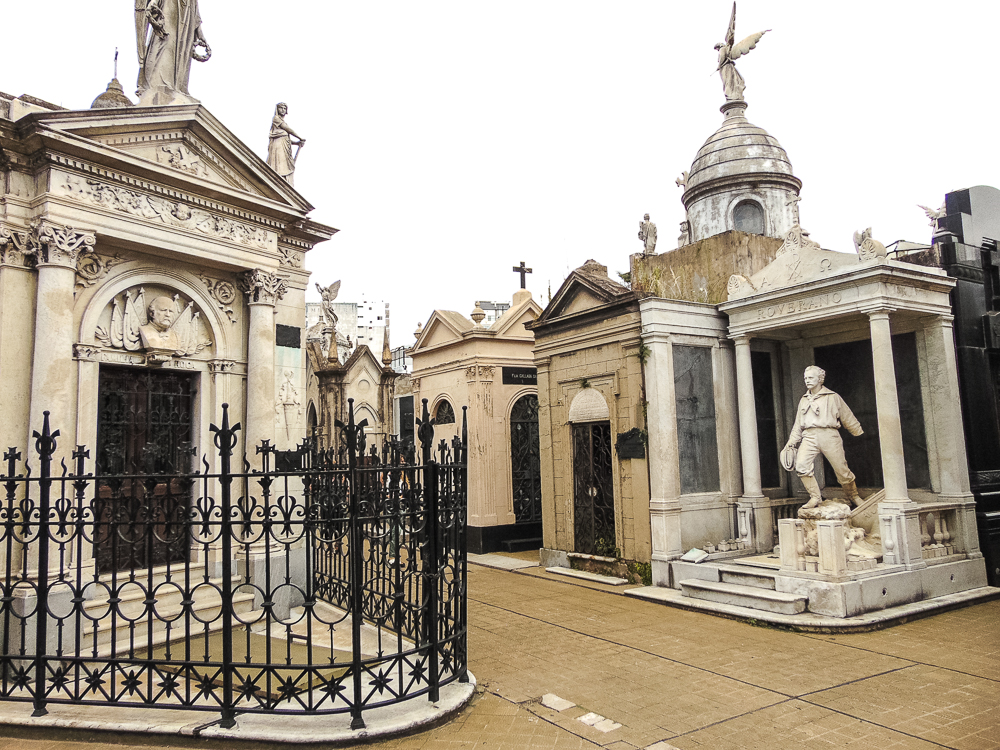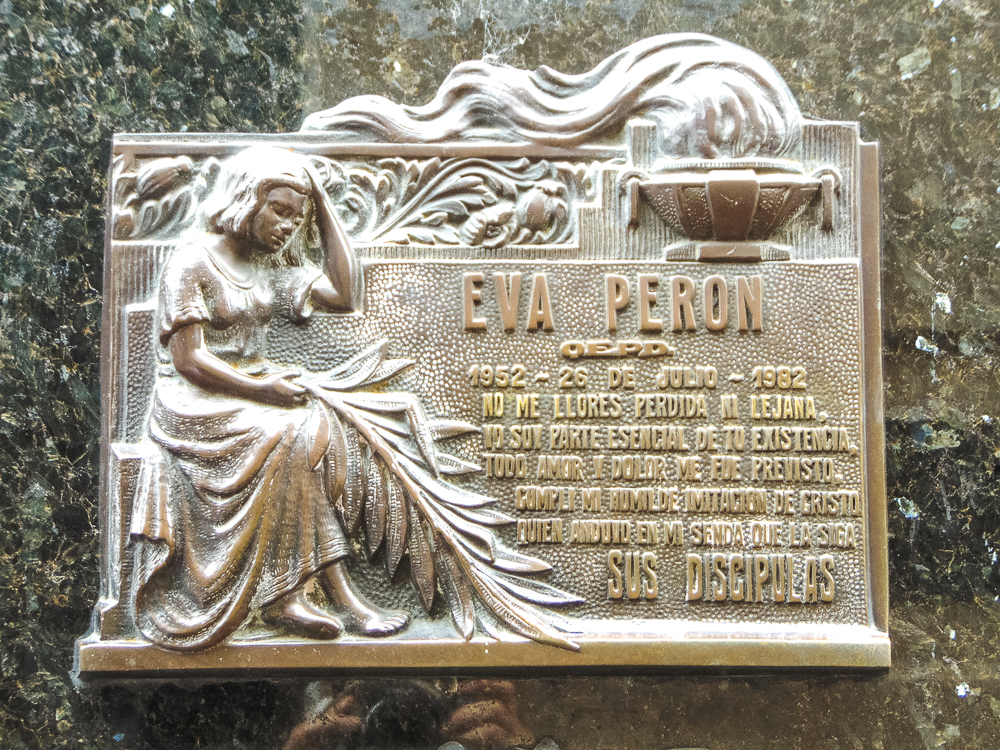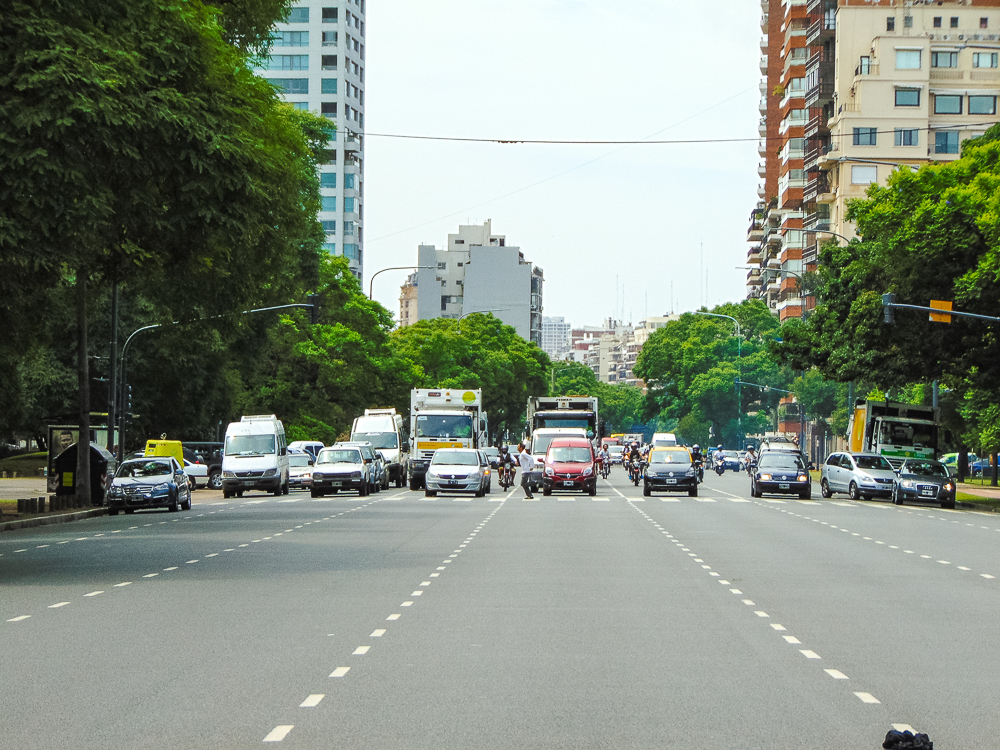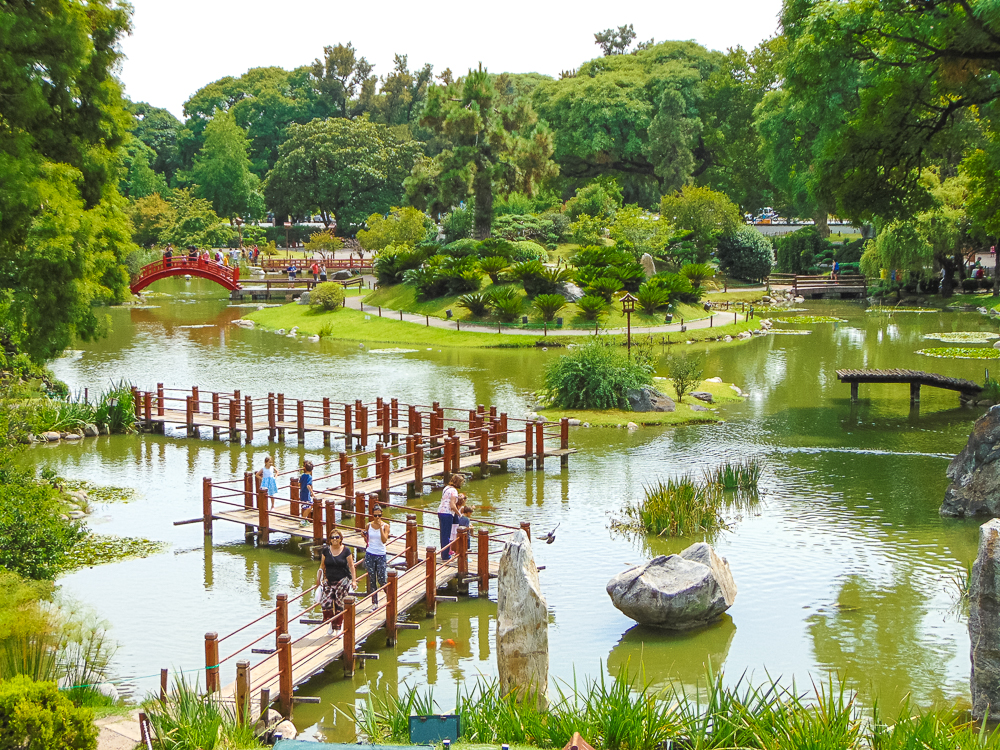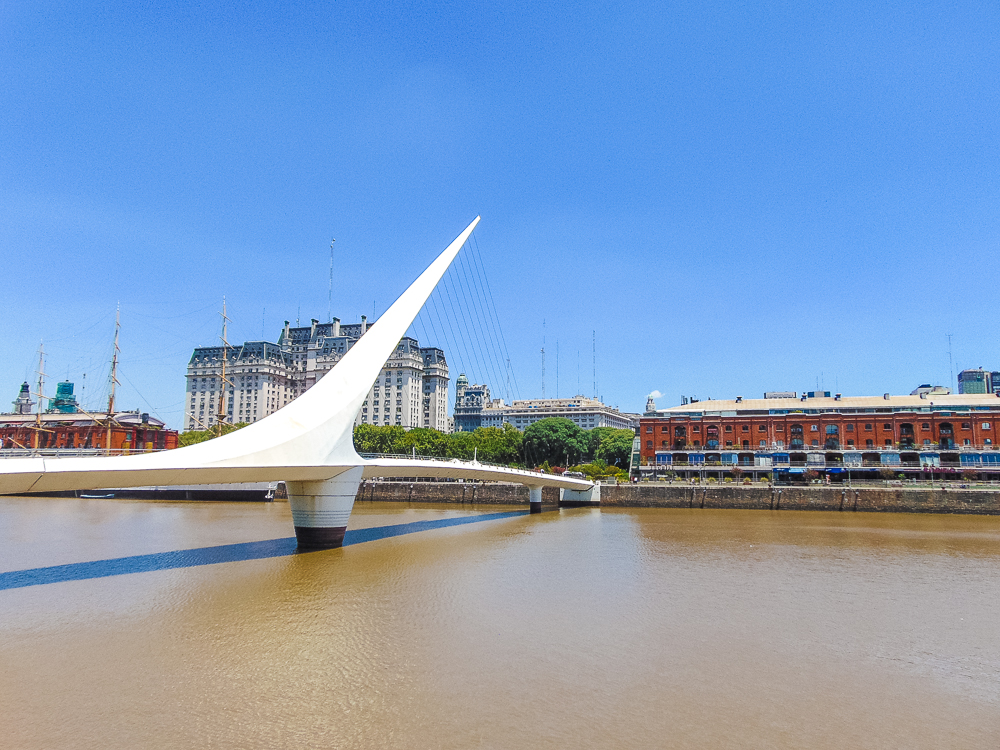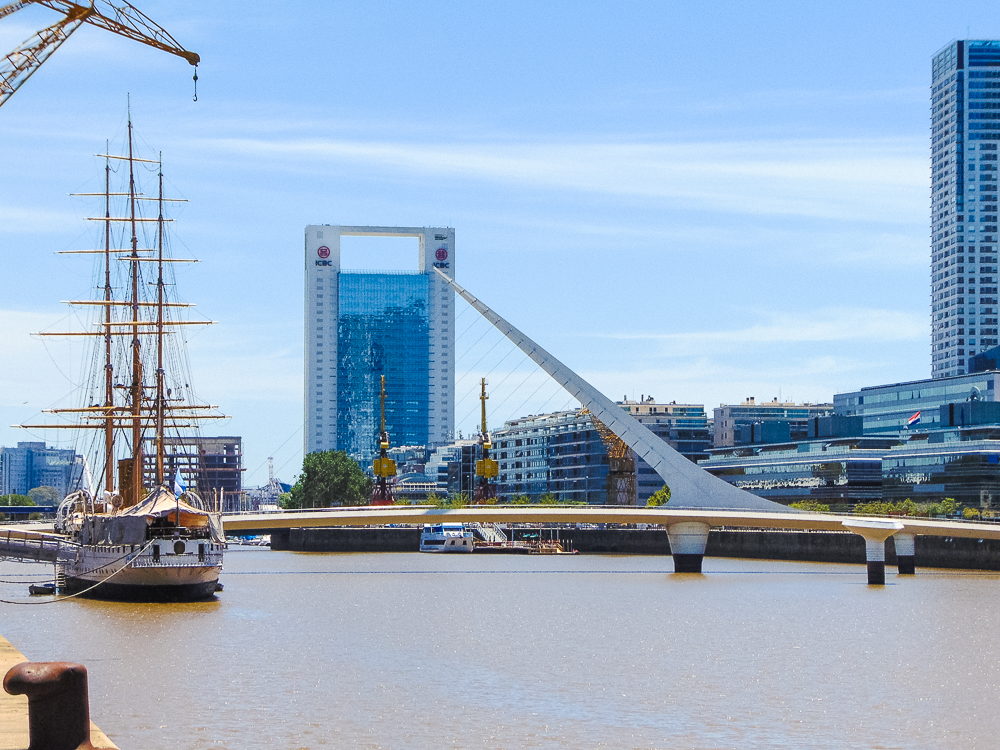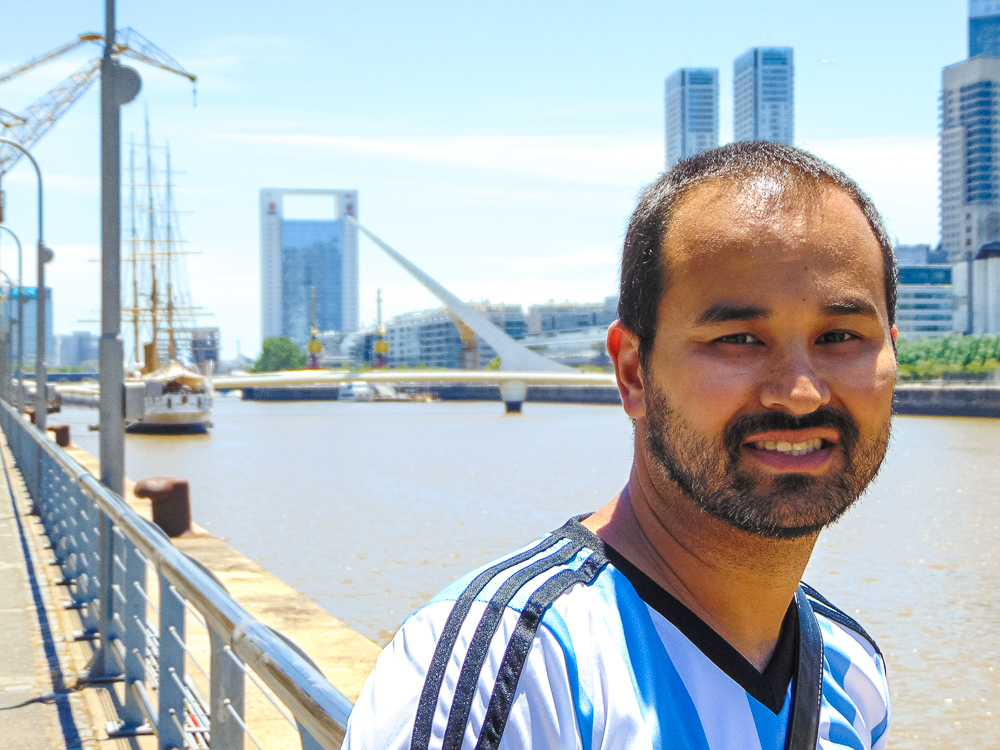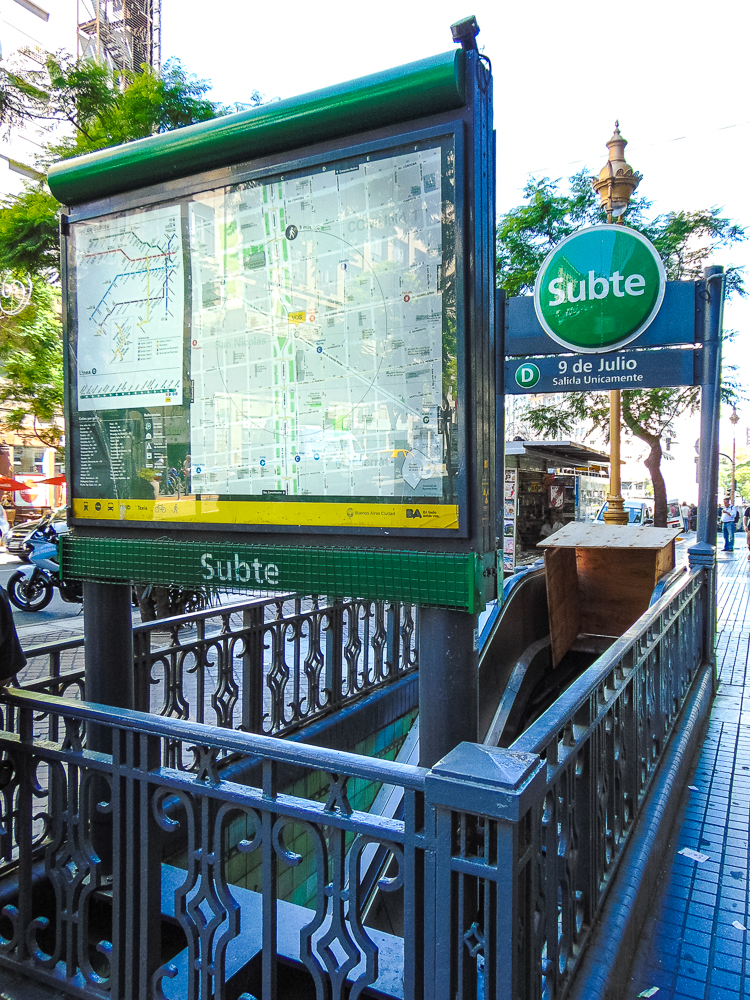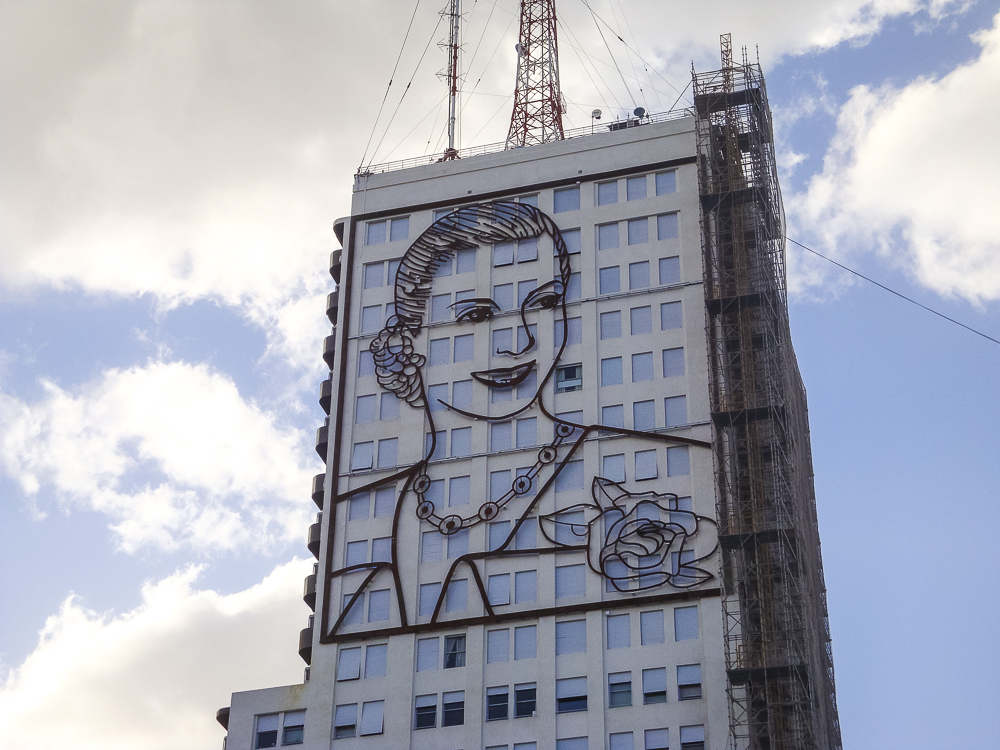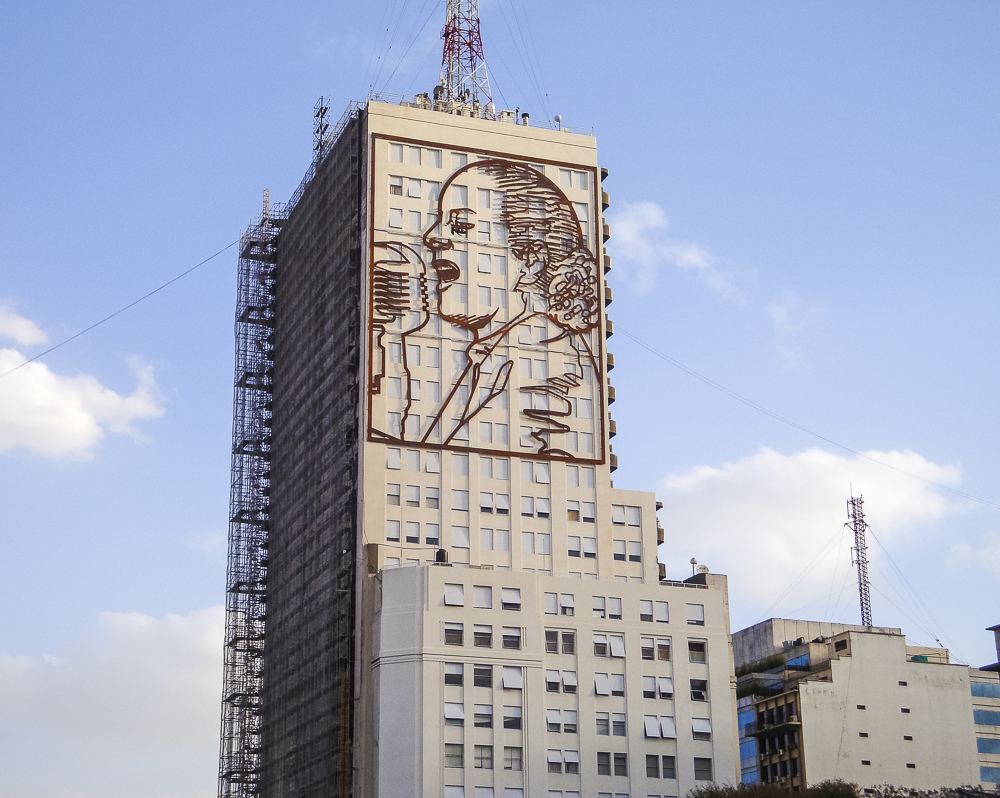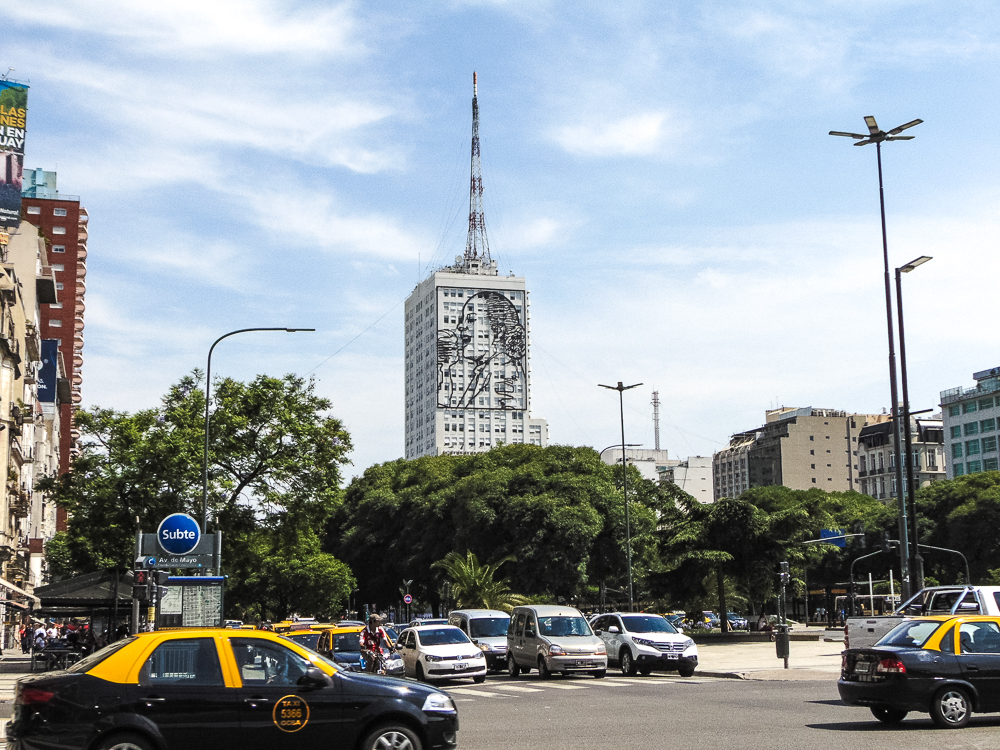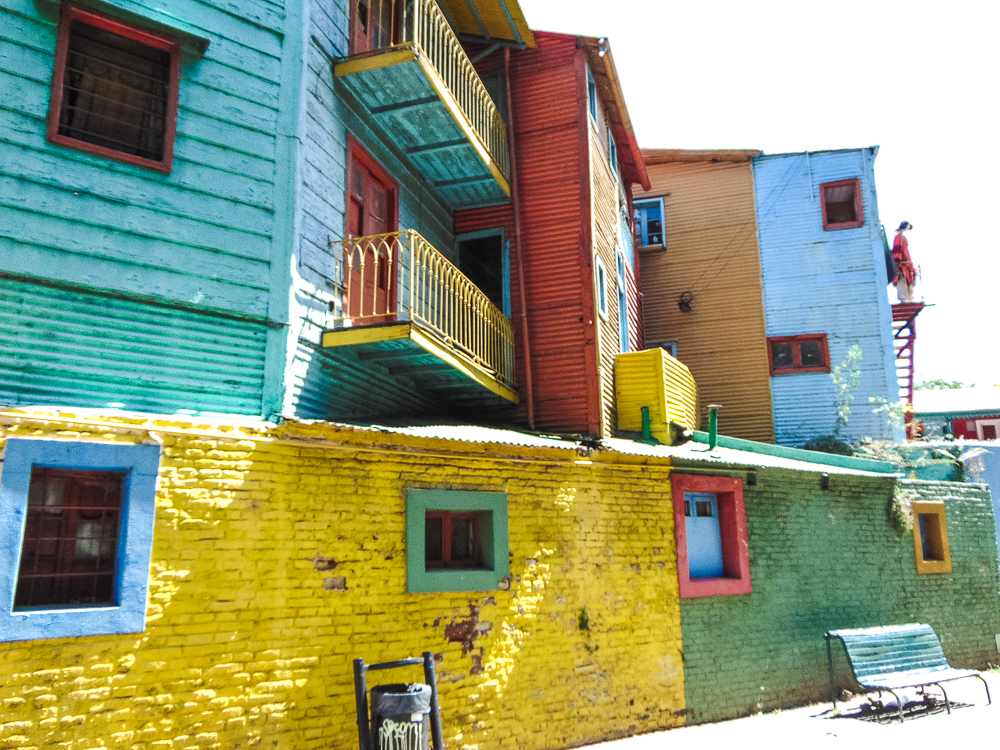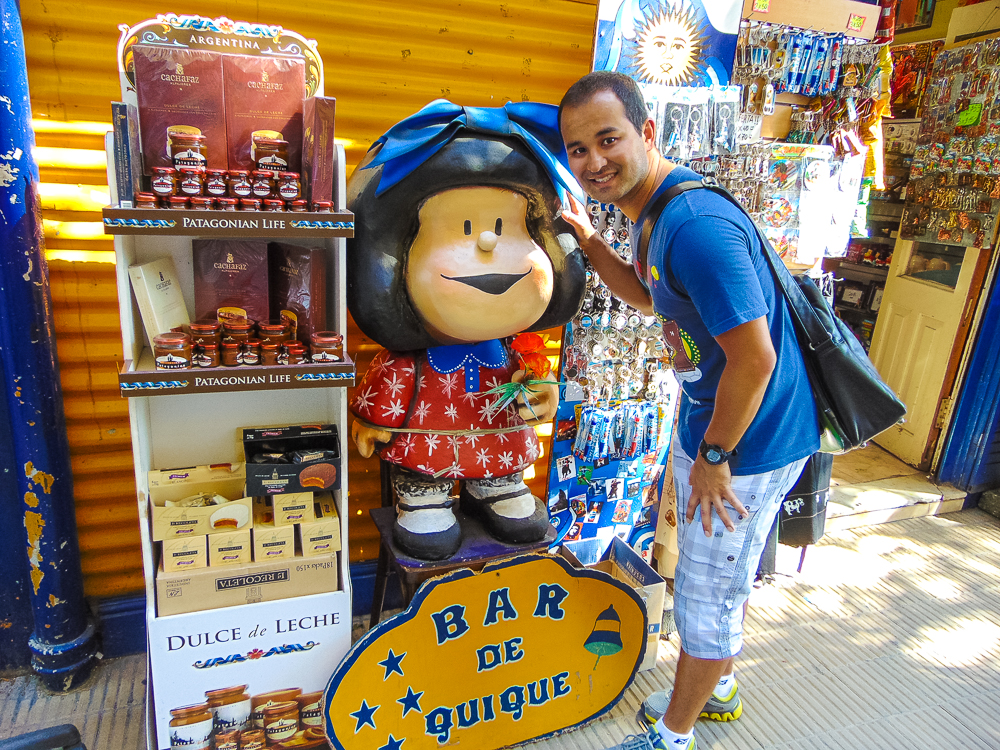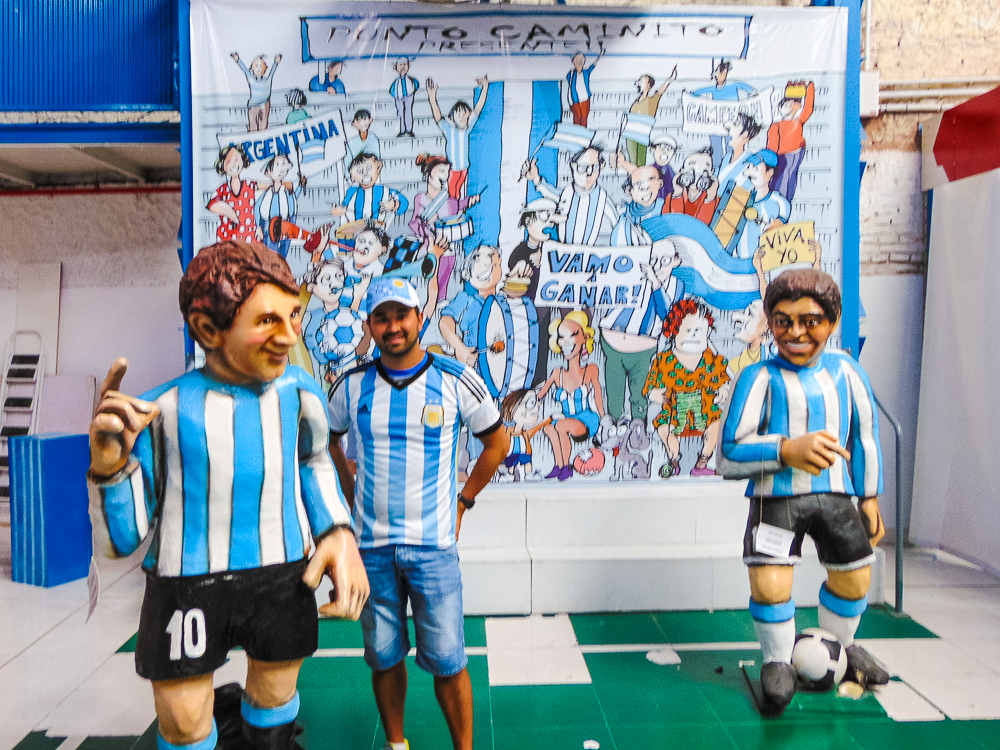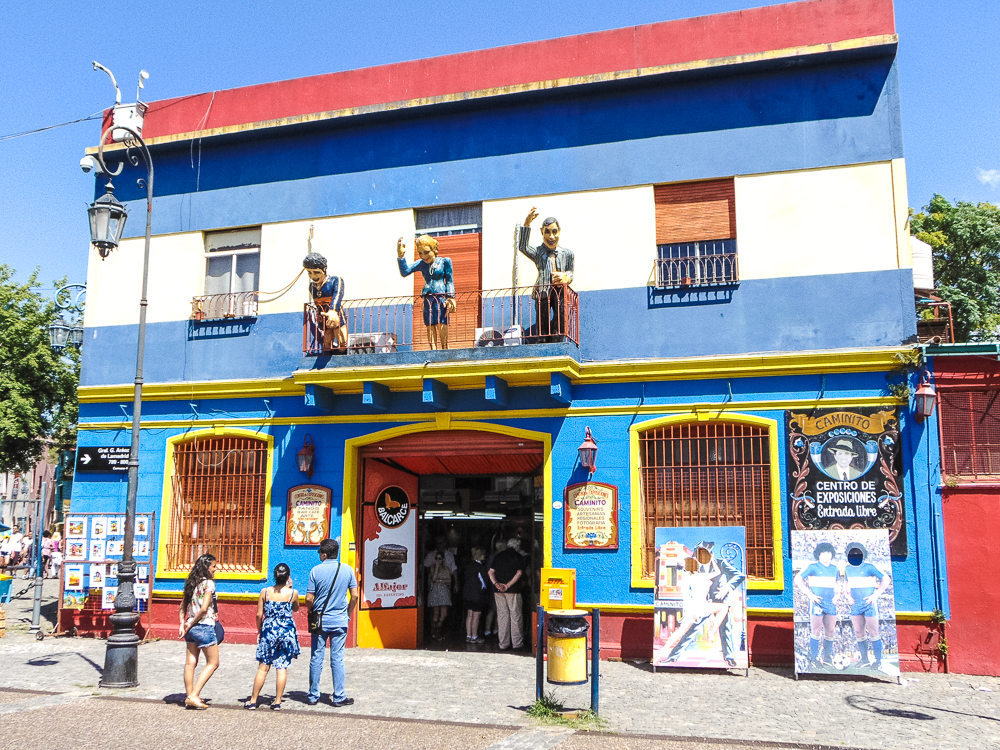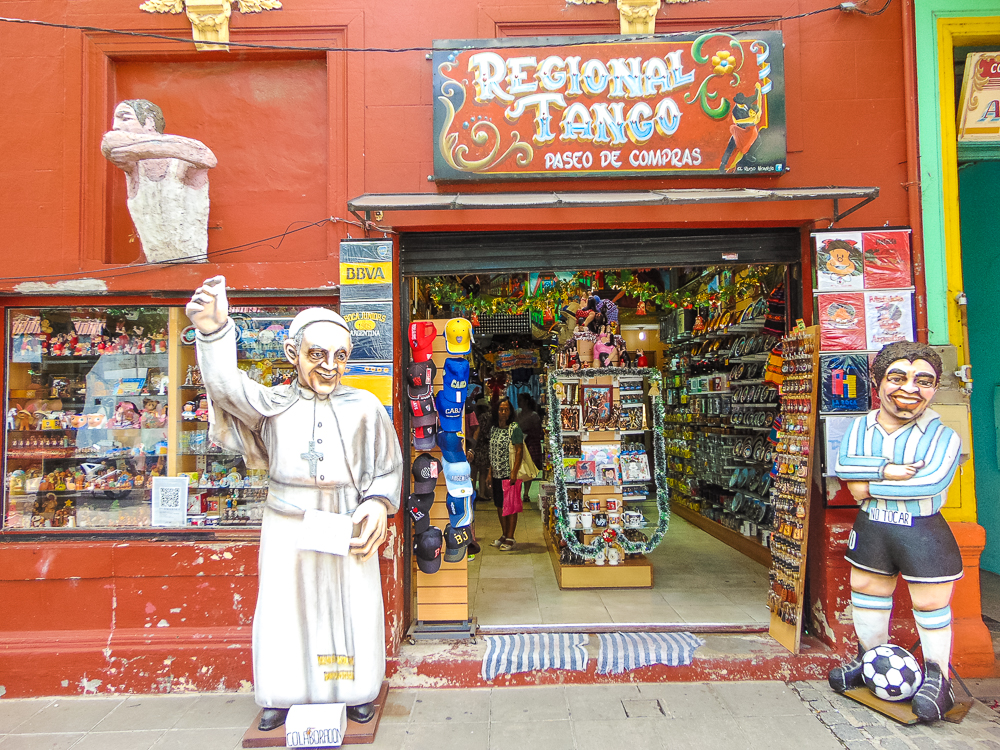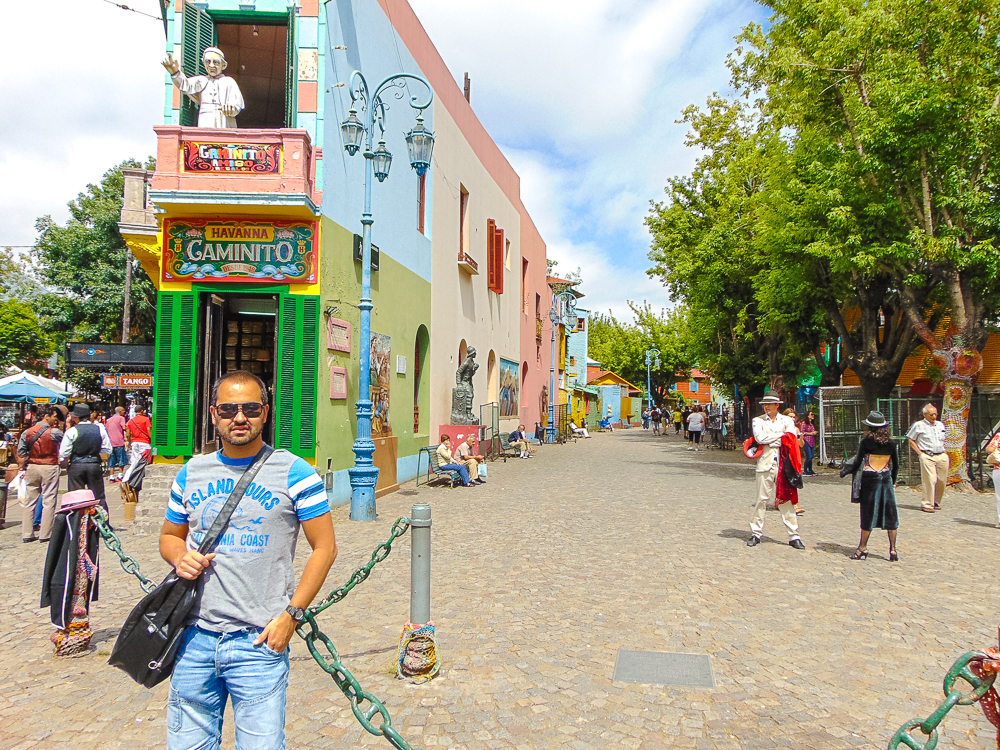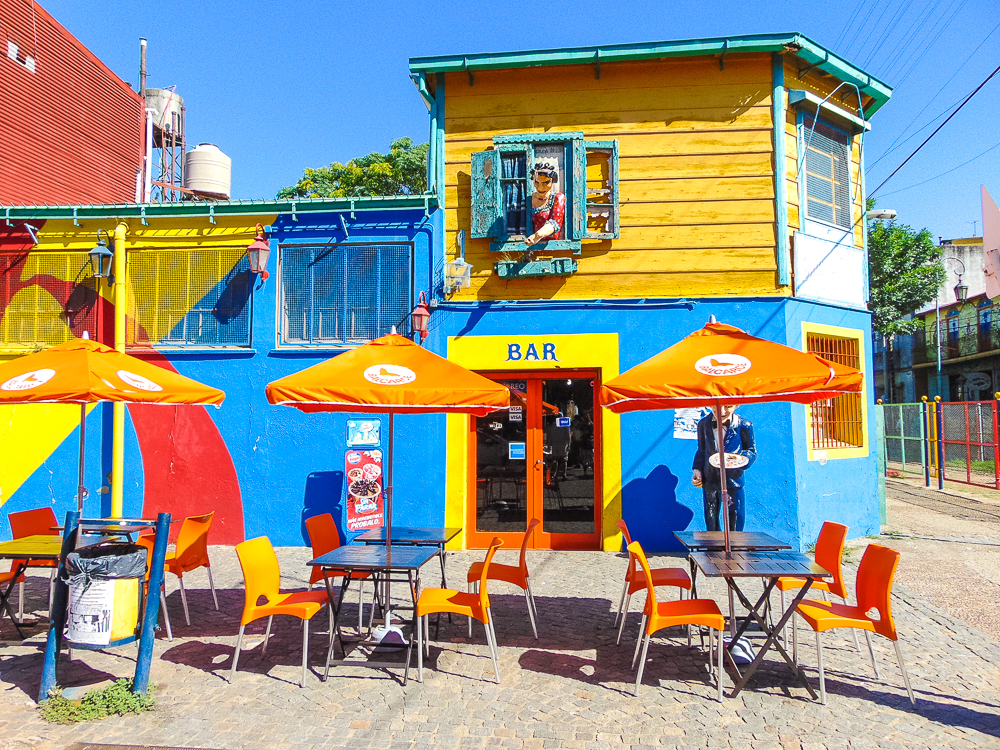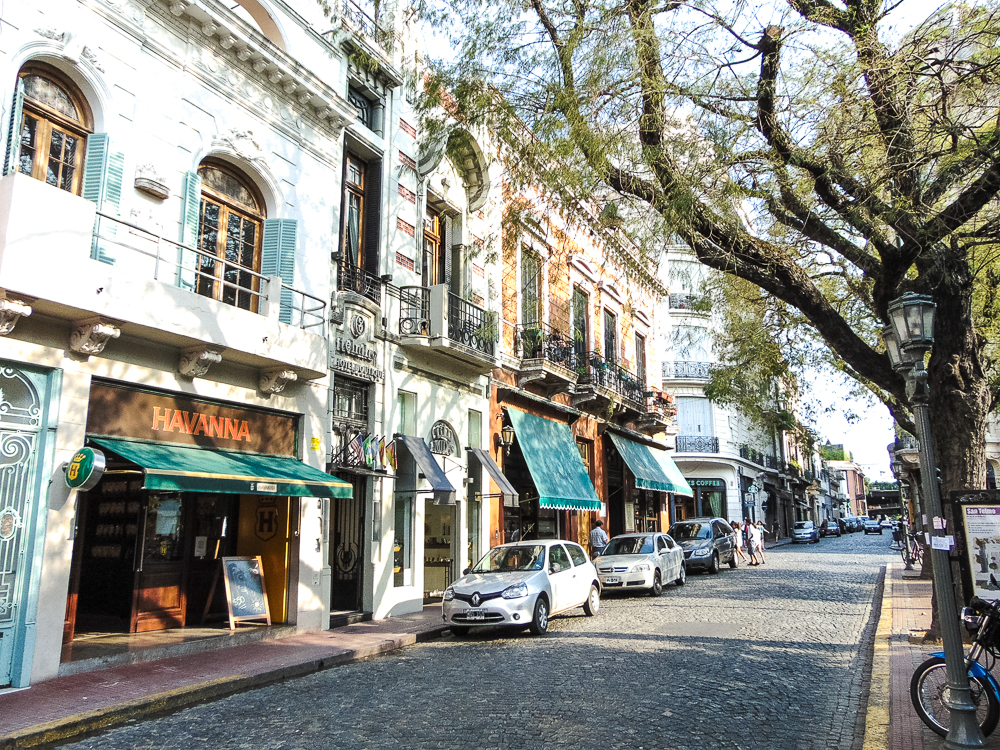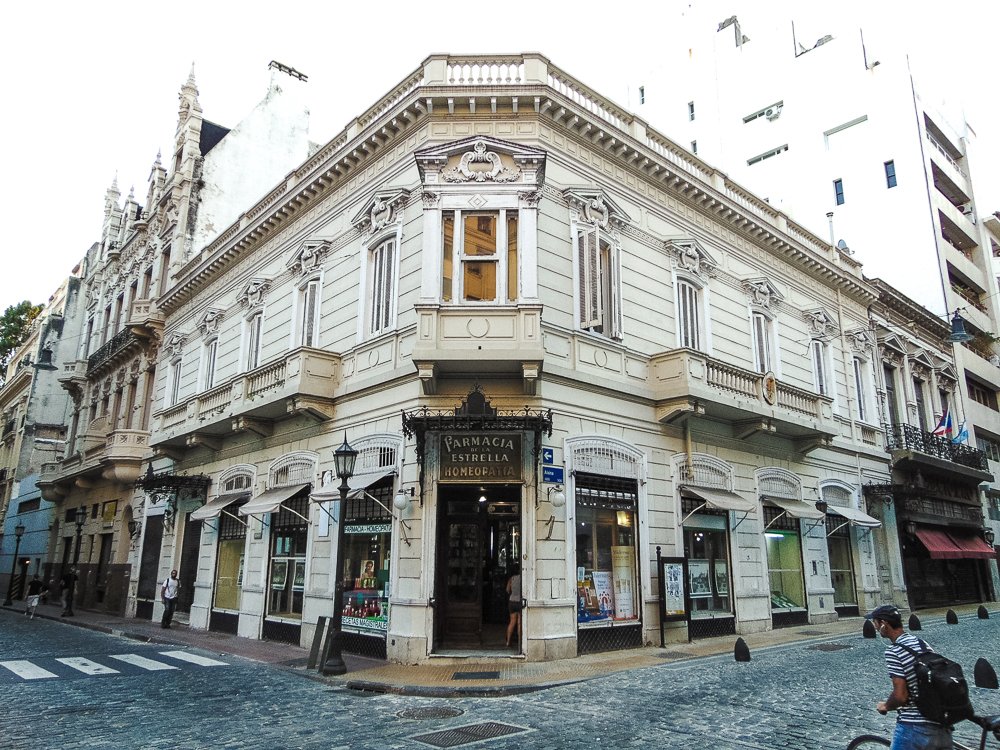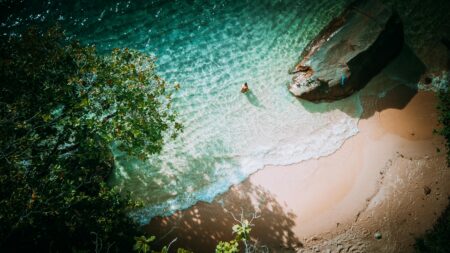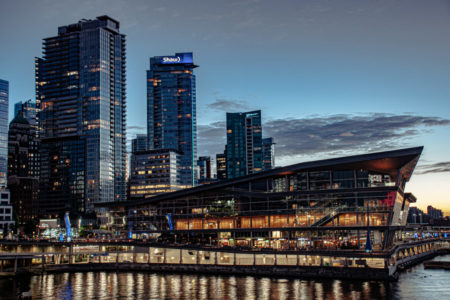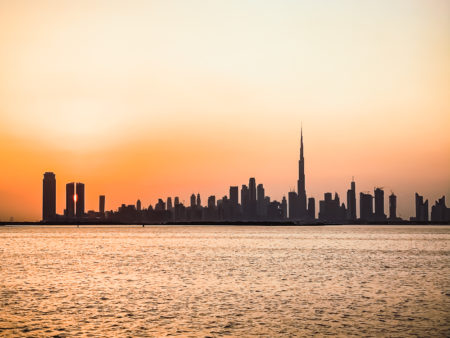The first time I took my spouse to Brazil, my home country, we took advantage of our last days of vacation to discover Buenos Aires, the beautiful capital of Argentina.
Usually, because of the geographical proximity, people from Brazil can go there often, for short trips, like an extended weekend. A flight from São Paulo to Buenos Aires takes just under 3 hours.
Since we live in Quebec, we would not have had the opportunity to go there for weekends, so we decided to stay there for 10 days, which seems exaggerated for one city, but it suited us, so we could do our activities quietly.
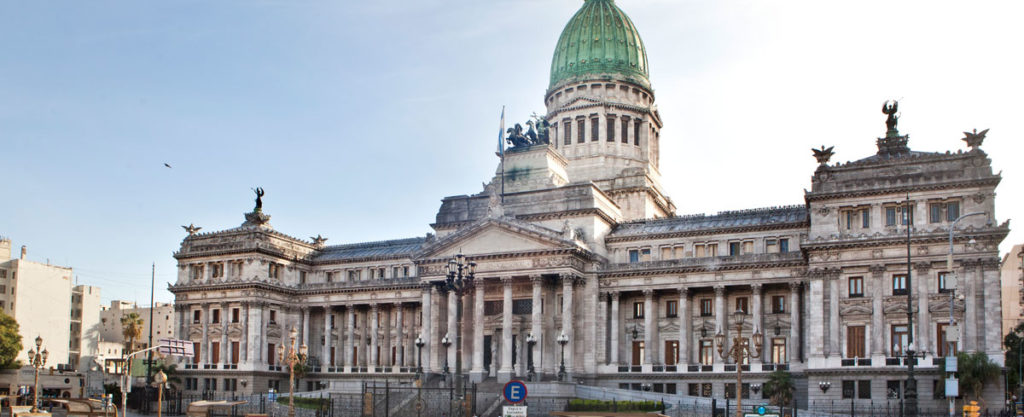
Some information about Buenos Aires
Founded: 1536
Population of the city: about 3,100,000
Population of the metropolitan area: approximately 17,500,000
Gentile: Portègne (Porteño/a) – the inhabitants of the port
Buenos Aires means Good Winds
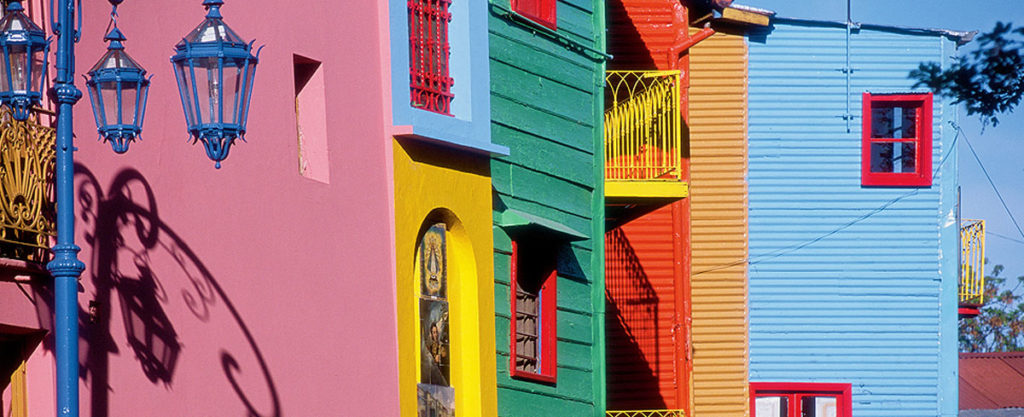
The most famous and important tourist sites are located in the central area of the city.
The city was born around the Plaza Mayor (now Plaza de Mayo) and several important institutions are located in the area.
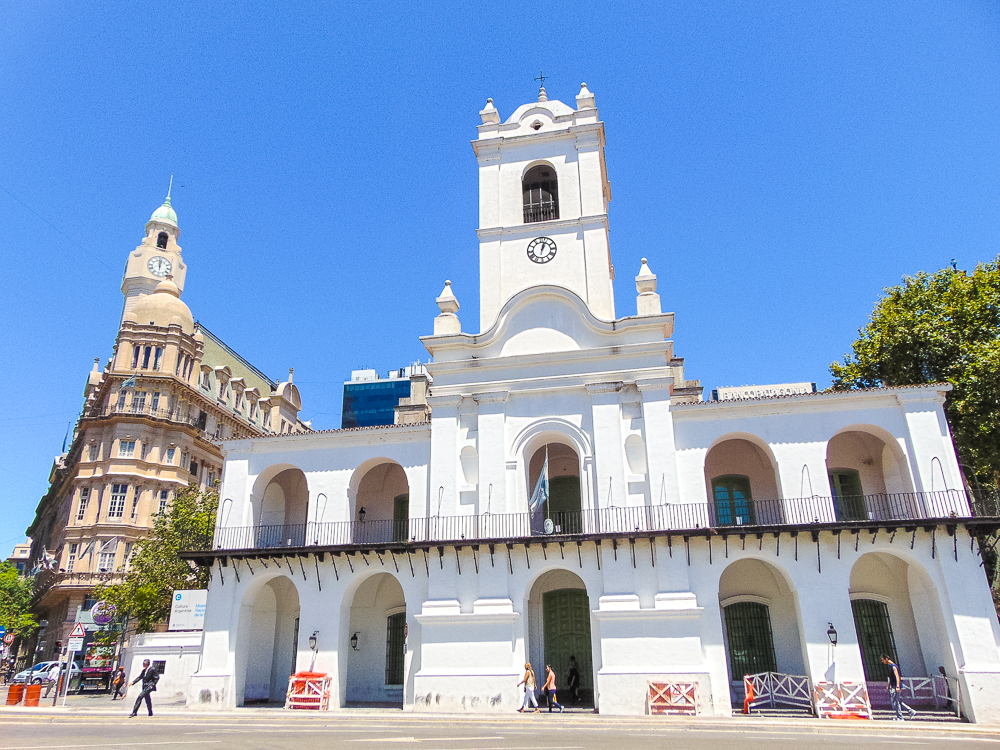
- Casa Rosada – Headquarters of the Presidency of the Argentine Republic;
- Metropolitan Cathedral;
- Bank of the Nation Argentina ;
- Cabildo de Buenos Aires (former city hall, now the National Historical Museum of the Cabildo and the May Revolution – which led to the country’s war of independence);
- Avenida de Mayo (May Avenue) – the civic axis, connecting the Casa Rosada (executive power) and the Palace of the Congress of the Argentine Nation (legislative power);
- Congress of the Argentine Nation;
- Palacio Barolo: historical building located on Avenida de Mayo, in the Monserrat neighborhood, near the Congress;
- Café Tortoni: the most famous café in the city, opened in 1858 by a French immigrant, in homage to the Tortoni café in Paris;
- Avenida 9 de Julio (July 9 Avenue).
The districts
We rented an apartment on Airbnb in the Recoleta neighborhood, considered the best in the city. Other interesting neighborhoods for accommodation are Palermo, Belgrano, San Telmo and Downtown.
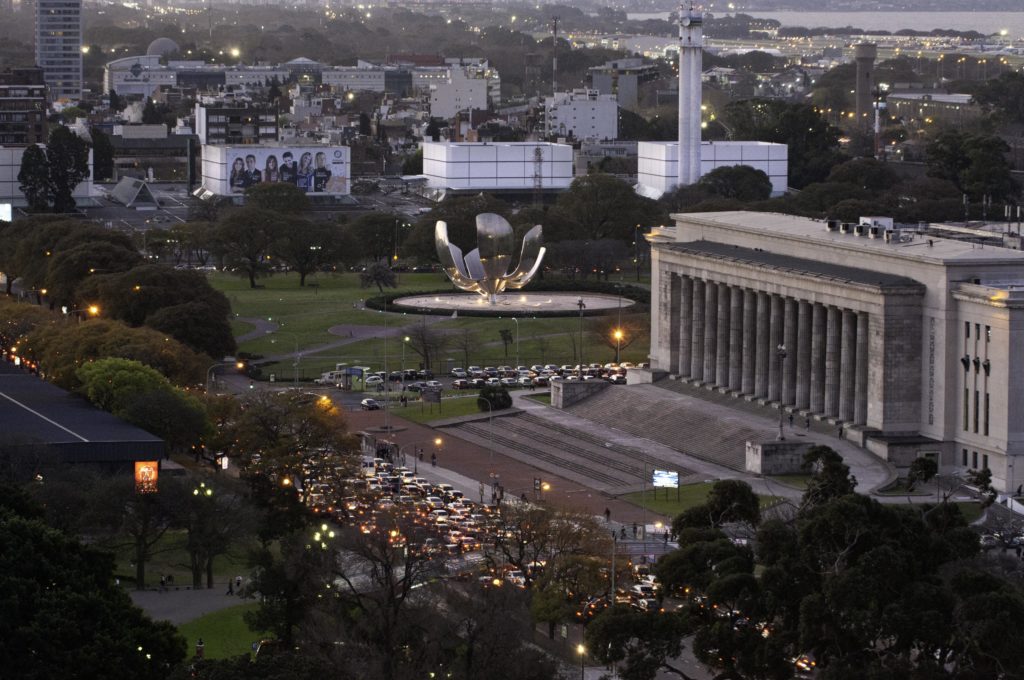
Recoleta
It is a noble district, full of well-kept historical buildings, stores, cafes and restaurants. Staying in Recoleta is an option to go for a nice walk and discover a little more.
Although further away from the tourist attractions, the neighborhood is connected to the H line of the metro, which solves the transportation problem.
The best and most traditional hotels in the city are located in Recoleta.
The most famous attraction of the district is undoubtedly the Recoleta Cemeterywhere the Duarte family tomb receives millions of visitors every year, to see or pay homage to María Eva Duarte de Perón (Evita), the former first lady and also one of the most important figures in the country’s history. In the vicinity of the cemetery there are several bars, cafes, restaurants and a shopping center.
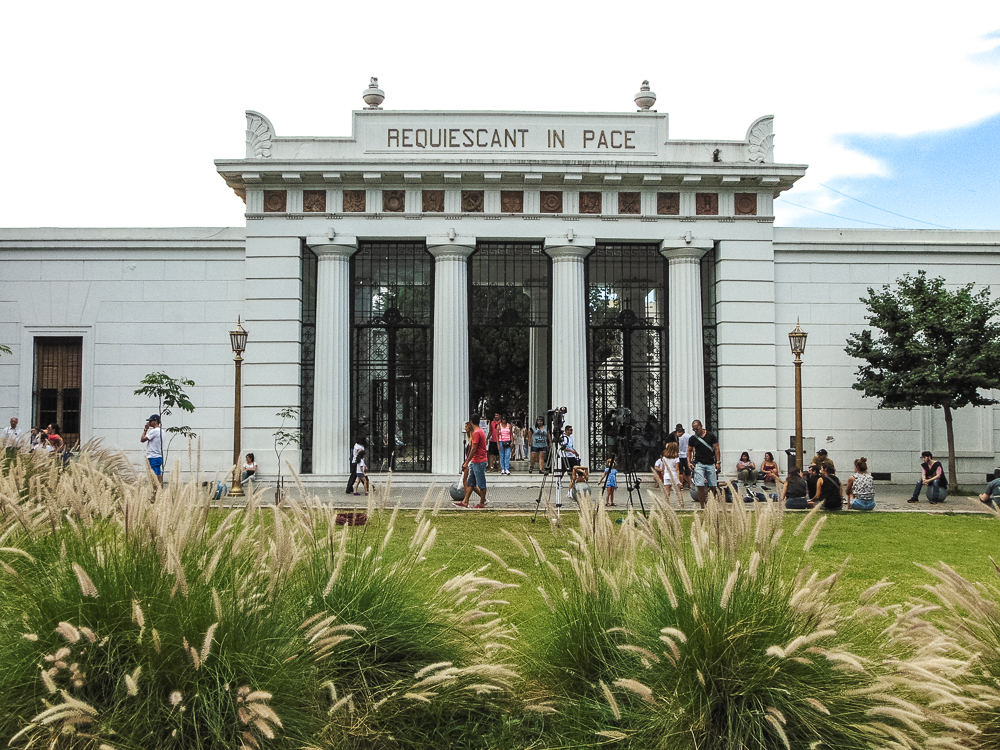
Tourist attractions
Recoleta Cemetery and Juan XXIII Square (with century-old trees), Floralis Genérica (giant metallic flower), Law School building and its bridge, Plaza Francia (French Square), Ice Palace, National Library, Borges Museum, El Ateneo Bookstore (a former theater turned bookstore).
Benefits
Several attractions, metro stations (Bulnes, Agüero, Santa Fé-C. Jáuregui, Las Heras, Facultad de Derecho), parks, services and good restaurants, shopping centers. It’s safe, even at night.
Disadvantages
Became very touristy and as a result, too much traffic and everything is more expensive than in other areas.
Palermo
One of the largest neighborhoods in the city, divided into sub-neighborhoods like Palermo Soho, Palermo Viejo and Palermo Hollywood. These two sides of Palermo are separated by the train line that crosses Scalabrini Ortiz Avenue.
Despite the residential profile of these areas, there is a good tourist offer, especially in terms of gastronomic tourism.
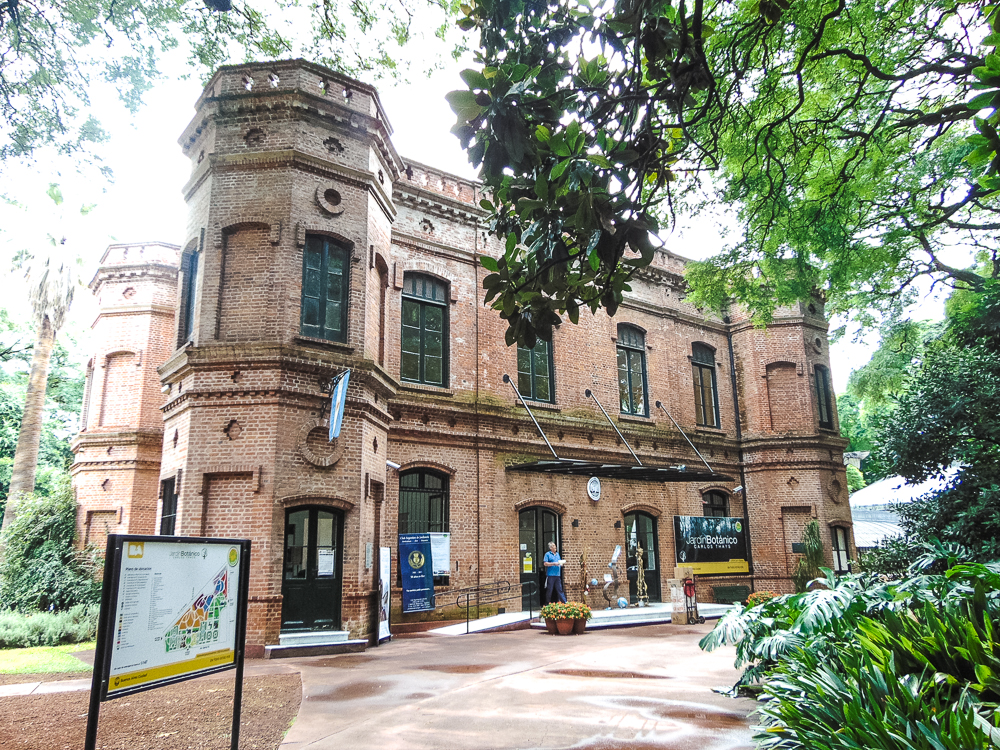
Palermo Soho has a more artistic and bohemian feel, like the SoHo neighborhoods in London and New York. It’s a modern area, with nice stores and excellent restaurants. The central part of Palermo Soho is located around the plazas Serrano, Julio Cortazar and Armenia.
Palermo Hollywood is the address of audiovisual production companies, hence the reason for its name. The neighborhood is busiest at night, when the bars are very busy. The main part of the neighborhood is the one near the train line, near Humboldt and Fitz Roy streets.
Palermo Viejo is an older, more residential part of the neighborhood.
Tourist attractions
Galileo Galilei Planetarium, El Rosedal, Evita Museum, National Museum of Fine Arts of Buenos Aires, Botanical Garden and Japanese Garden.
Benefits
Green neighborhood, full of parks, safe, less crowded and has excellent bars and restaurants
Disadvantages
The neighborhood is not well served by the subway (the Scalabrini Ortiz, Plaza Italia and Palermo subway stations are on Santa Fe Avenue, so you have to walk or take a cab afterwards). Travel is longer and more expensive, with cabs, not always honest, very famous (negatively) in Buenos Aires.
Puerto Madero
This former decadent port area has become a trendy neighborhood and the city’s newest tourist attraction. It is located close enough to the city center, so you can enjoy the attractions without losing the peace and quiet.
It is the address of several new hotels and restaurants in the city and where the ferries to Uruguay leave from.
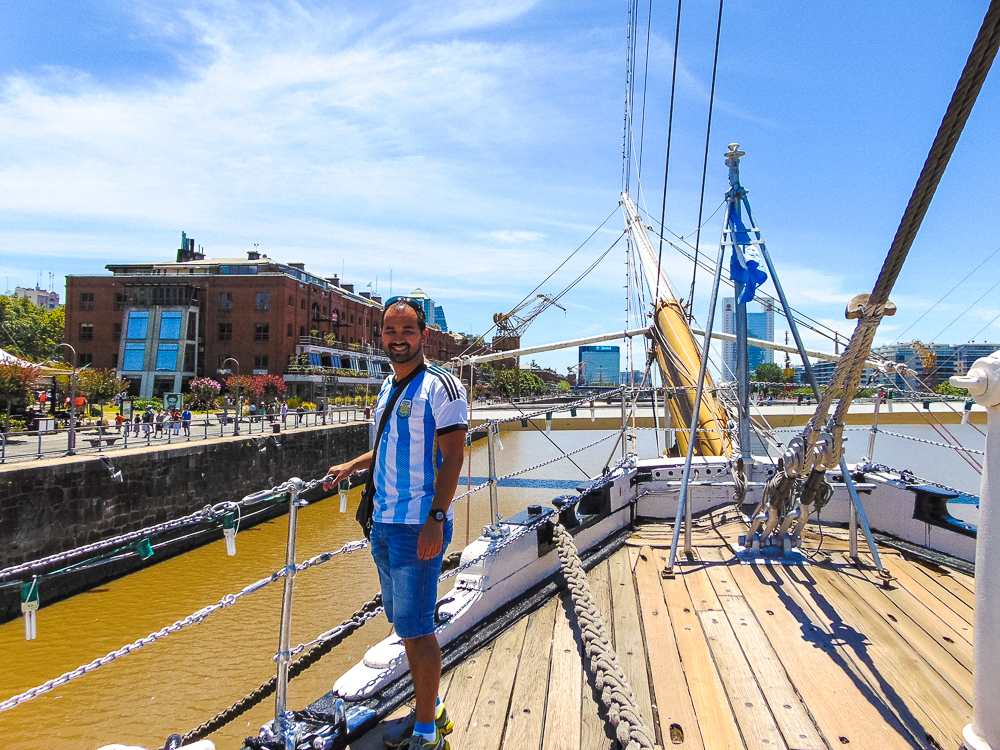
Tourist attractions
The canals, the Puente de la Mujer (Bridge of the Woman), the Fragata Sarmiento museum-ship, parks, lakes, the Reserva Ecologica Costanera Sur (a 360-hectare reserve with a view of the Rio de la Plata.
Benefits
New, clean and beautifulneighborhood with good bars and restaurants near the canals. Close to the Microcentro, San Telmo and La Boca. The closest metro stations are Plaza de Mayo, Catedral, L. N. Alem and Correo Central.
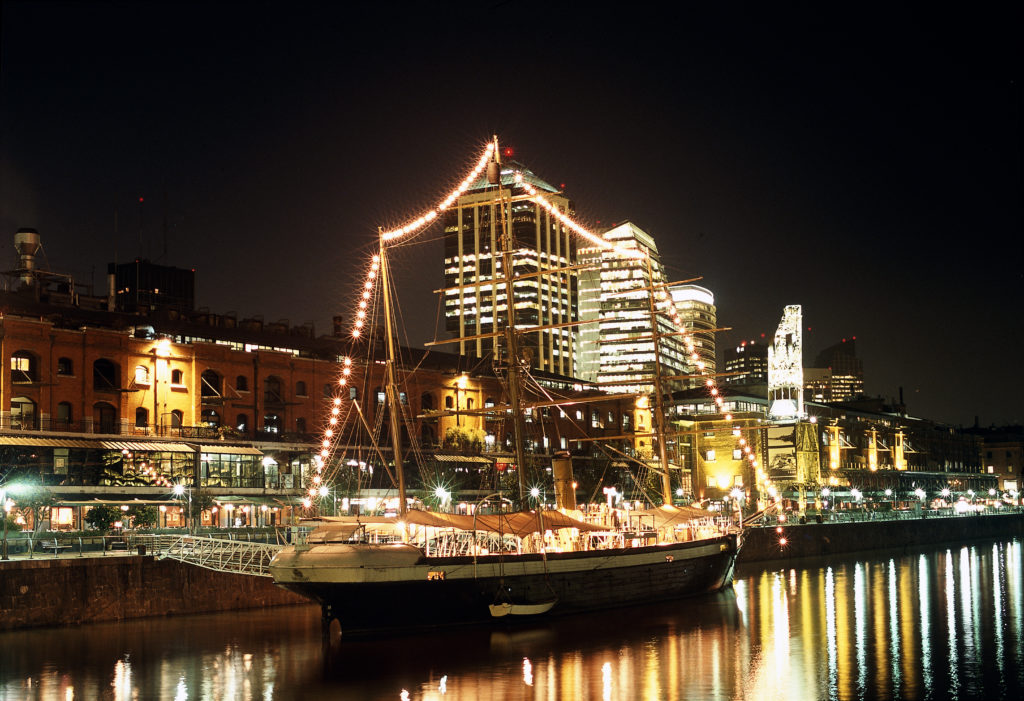
Disadvantages
It is a district considered without charm, despised by a part of the locals.
Downtown
It is often the choice of tourists for a first trip, thanks to the proximity of the main attractions. It is very busy during the day, however it becomes almost deserted in the evening, which will require a little more attention from tourists.
The downtown area is divided into two neighborhoods: San Nicolas and Monserrat.
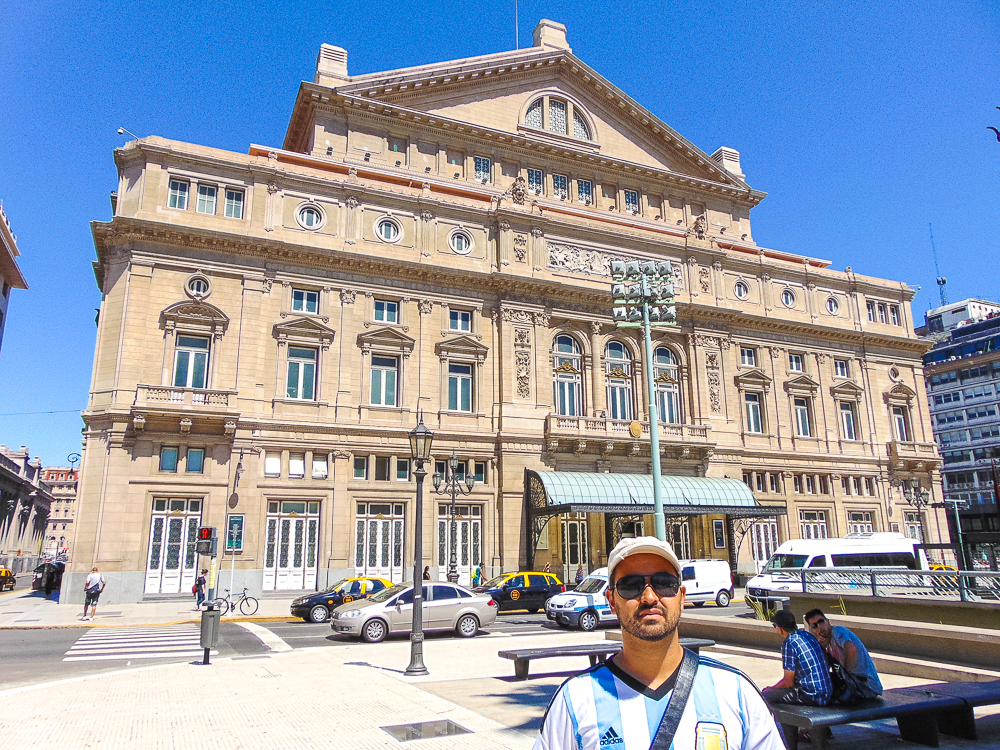
San Nicolas
The central part of this sub-district is called Microcentro. The activity of the theaters and cinemas on Corrientes Avenue and Florida Street lessen the discomfort of walking in a deserted downtown. The best hotels in the central region are in the Microcentro.
Monserrat
Located south of Mayo Avenue, this neighborhood is the origin and political heart of the city. Although it offers fewer activities than the Microcentro, the lodging options are more affordable. Most hostels are located in this area.
Tourist attractions
Plaza de Mayo, Casa Rosada (seat of the Presidency of the Republic), Metropolitan Cathedral, Galerias Pacífico (shopping mall), Teatro Colón, Café Tortoni, the Obelisk on Avenida del Nuevo Juárez and several Tango “casas.
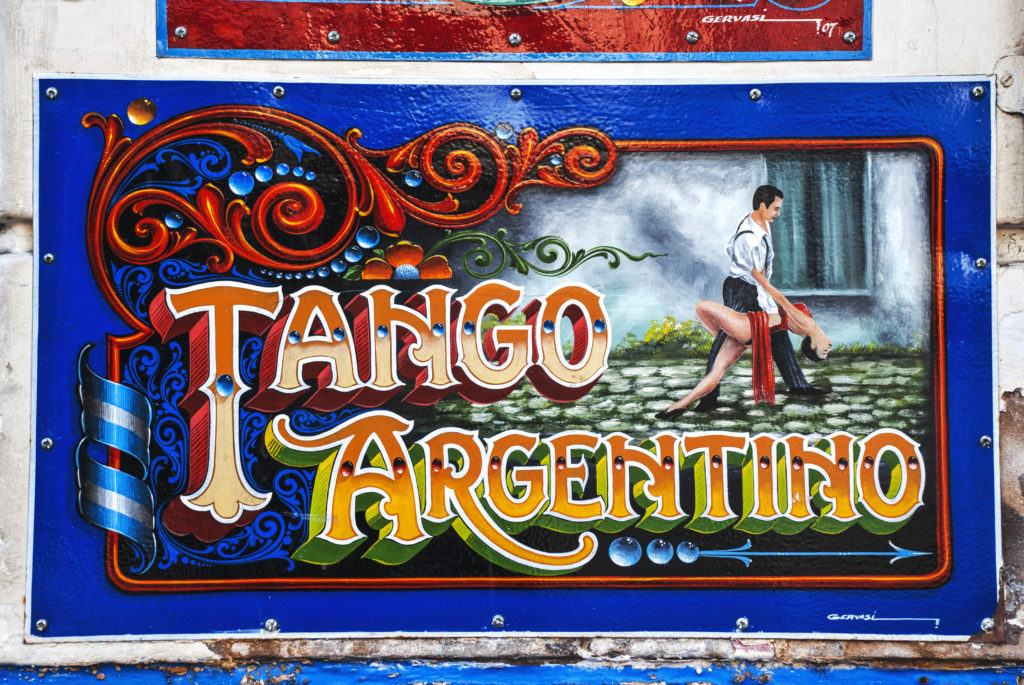
Benefits
Affordable and offers an excellent location, close to major attractions and services such as pharmacies, banks, restaurants, easy access to transportation (bus, metro, cabs). The closest metro stations are: Tribunales-Teatro Colón, Carlos Pellegrini, 9 de Julio, Diagonal Norte, Avenida de Mayo and Florida.
Disadvantages
Noisy, chaotic and can be dangerous. You have to be careful in the evening. There are several poor quality hotels. It is necessary to choose well.
La Boca
This former working class neighborhood, a result of immigration (especially Italian), has become a tourist attraction that is hard to mistake, thanks to its colorful tin houses, its street artists and tango dancers, its bars and restaurants. The famous Caminito street is one of the symbols of the city and its name comes from a tango song.
The neighborhood is also the home of the soccer team Boca Juniors (one of Diego Maradona’s former teams). It is possible to visit the Bombonera stadium (candy box) and its museum.

The name of the neighborhood “The Mouth” refers to the mouth of the river Riachuelo, where the first port of the city was built.
Tourist attractions
El Caminito, Museo de Bellas Artes Quinquela Martin, Nicolas Avellaneda Bridge, La Bombonera Stadium, Museo de la Pasión Boquense (Boca Juniors soccer team museum).
Benefits
Historic district, very photogenic.
Disadvantages
It’s a very touristy place, so you have to be careful with thefts and scams. It is considered a dangerous neighborhood.
To be avoided in the evening and on the days of the Boca Juniors team. There is no subway. We disembarked at Constitution Station and walked about 3 km to get to Caminito. It is not recommended for safety reasons, but we did it (during the day) and did not feel unsafe.
The best thing is to go by cab. I don’t know if Uber works in Buenos Aires. It has always been very problematic there.
San Telmo
This historic and bohemian neighborhood is super charming. This is the kind of neighborhood you’ll either love or hate. This is the favorite neighborhood for backpacking youth.
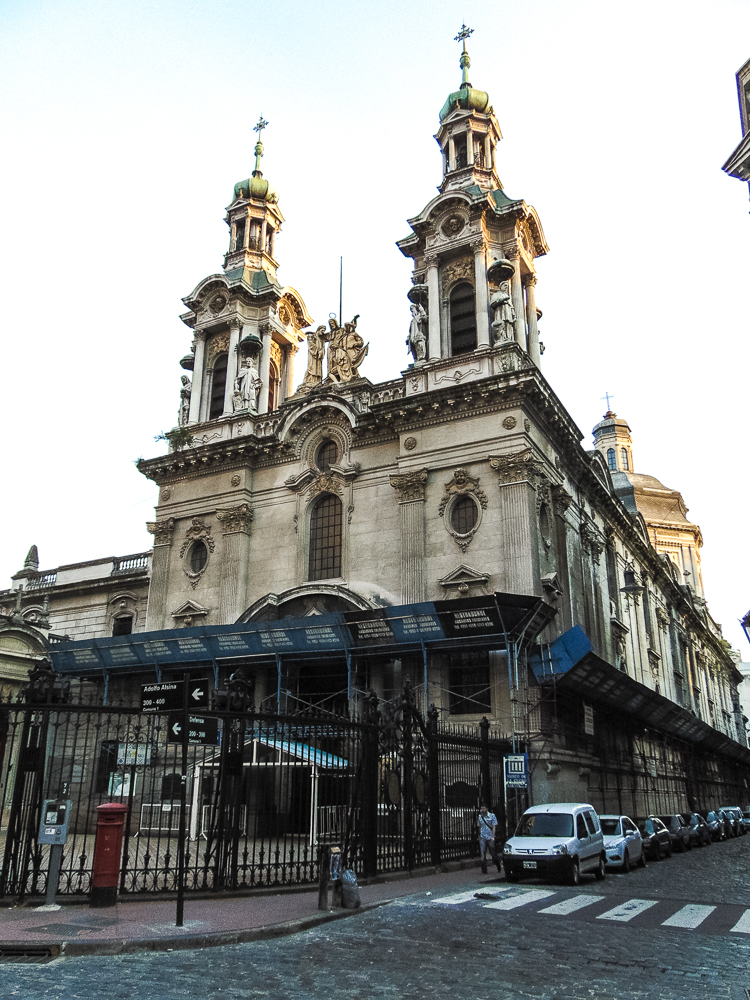
Tourist attractions
There are several museums, including the Buenos Aires Museum of Modern Art, the Mafalda bench (for photos) and the famous Feira (street market) of San Telmo (Sundays, in Dorrego Square).
Benefits
Historic neighborhood, very photogenic, full of good and affordable bars and restaurants, near downtown and Puerto Madero. The nearest metro stations are Belgrano and Plaza de Mayo. I suggest walking to it by the street Defensa, from the Casa Rosada (Plaza de Mayo).
Disadvantages
Some streets are still dirty and look abandoned, which makes the area less safe at night.
Visits to Buenos Aires
I believe that the best way to visit a city is on foot. We may discover some nice surprises, even if we don’t go off the beaten track.
Here are some suggestions for walking tours:
Plaza de Mayo Itinerary
1 Plaza de Mayo;
It is the most important square in Buenos Aires, since it is where the city began. In the beginning it was called Plaza Mayor or Plaza Grande. The square was the place where merchants gathered to sell their products.
The square has been the scene of several important historical events such as the English Invasions and the May Revolution (the first independent government) and also demonstrations, such as that of the Mothers of the Plaza de Mayo, who sought answers about the disappearance of their children (about 30,000) during the military dictatorship.
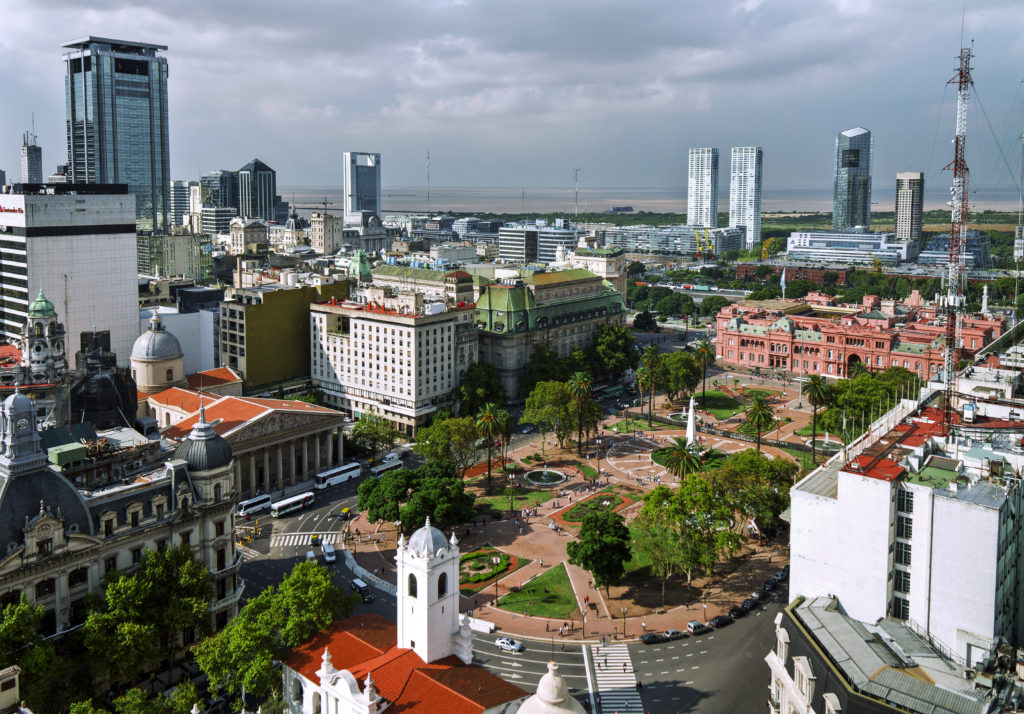
2 Casa de Gobierno or Casa Rosada
(50 Balcarce Street)
The Casa Rosada, the seat of government, is located in front of the Plaza de Mayo and occupies the property where the Fort of Buenos Aires was built in 1580. It was the residence of the Spanish viceroys and later, with some reforms, it housed the authorities of the successive national governments.
The current building is the product of the merger of two previous constructions, the presidential headquarters and the Palacio de Correos (Post Office), which President Julio Argentino Roca decided to unite by means of a large arch.
From the famous balcony of the speeches, Juan and Evita Peron, as well as Pope John Paul II, addressed the people.
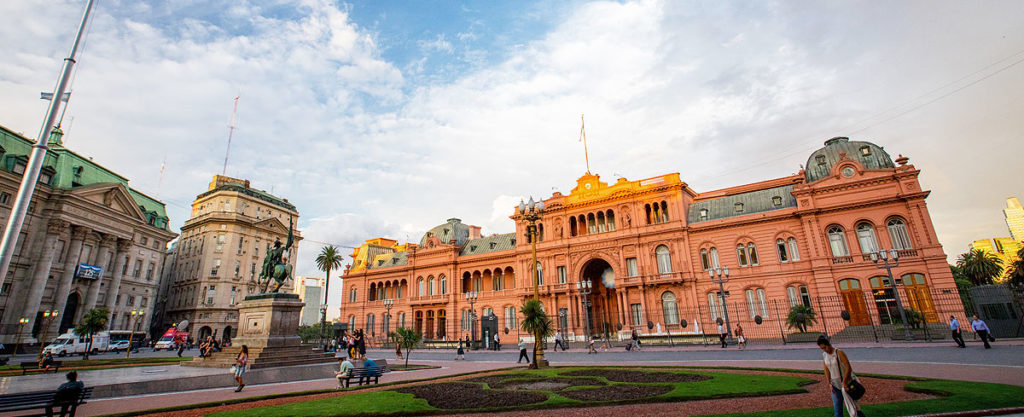
3 Banco de la Nación
(326, Bartolomé Mitre)
When Juan de Garay founded Buenos Aires, he obtained part of this lot for his house. Its history as a bank dates back to 1891, when the Argentine financial system was in crisis. To support agricultural and livestock producers, the national government founded this bank with state capital.
The current building, designed by architect Alejandro Bustillo, with its stone façade, granite floors and walls clad in mahogany and cedar, was inaugurated in 1944.
In addition, inside the building is the Historical and Numismatic Museum with a unique collection of documents, bills and coins.
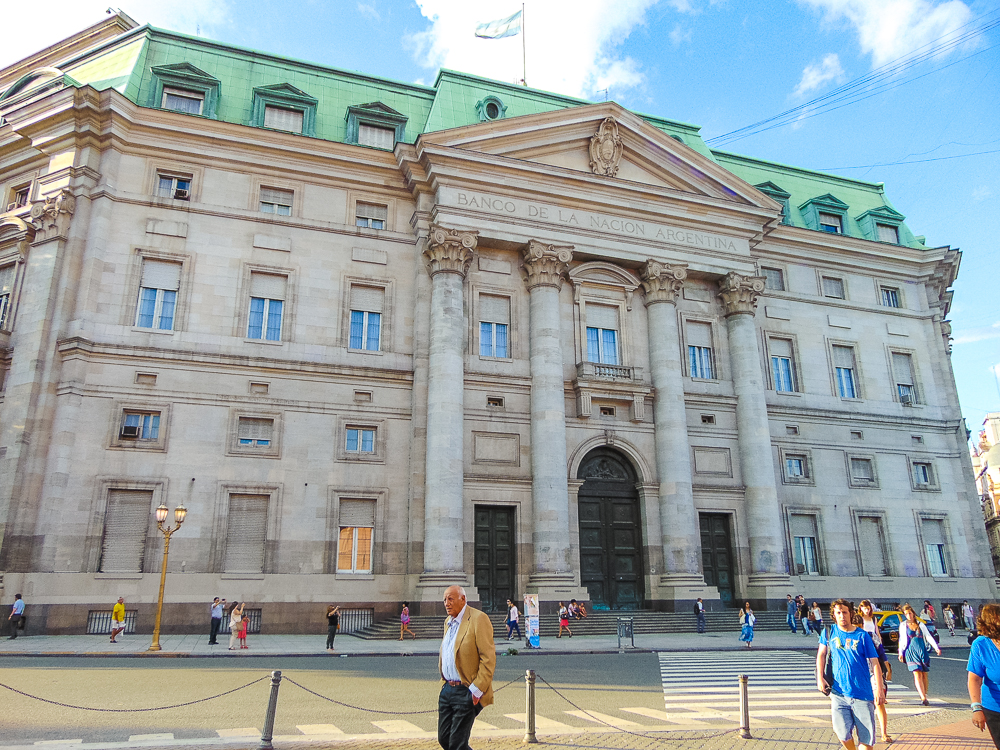
4 Metropolitan Cathedral
(27, San Martin)
Its real name is “Church of the Holy Trinity”. The first temple was built at the time of the city’s foundation. The first cathedral of Buenos Aires was built in 1622 on this same site. The present building, after a century and a half of work, was completed in 1822.
Inside are paintings and sculptures, mainly by Italian artists. The architectural style is neoclassical and the façade is composed of a series of twelve Corinthian columns.
In a mausoleum lie the remains of General José de San Martín, one of the heroes of the independence.

5 Cabildo
(511, Hipolito Yrigoyen Avenue)
The old city hall is now a museum. It dates back to the second foundation of the city, in 1580, and was the witness of one of the most important events in the history of the country: the May Revolution, the beginning of the feat of independence.
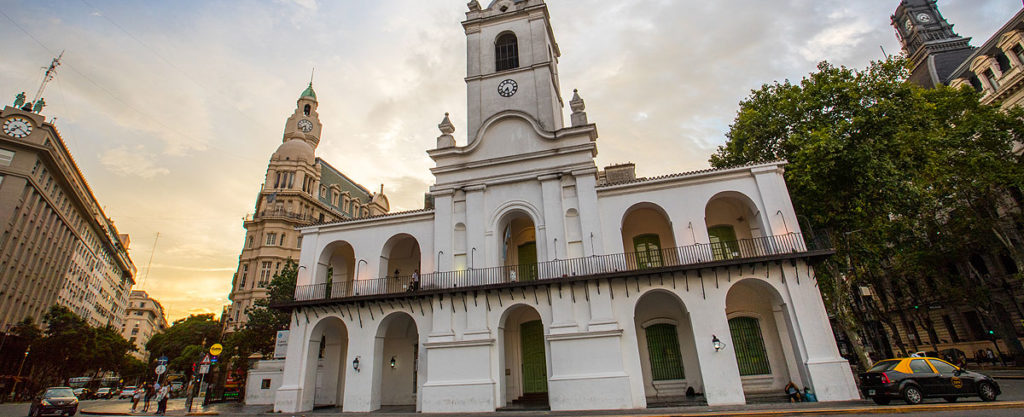
6 Monument to Julio Argentino Roca
(traffic circle of Adolfo Alsina, Peru and Pres. Julio A. Roca streets)
The bronze equestrian statue dates from 1941. At the base, there are two figures that symbolize the Fatherland and Work.
7 Manzana de las Luces
(294, Peru)
In this place, at the end of the 17th century, the Jesuits built their residence, the church and the Colegio de San Ignacio, today the National College of Buenos Aires. It hides colonial tunnels built between the seventeenth and eighteenth centuries, which extended from south to north and east to west, and underground tunnels connected the churches, public buildings and the Fort.
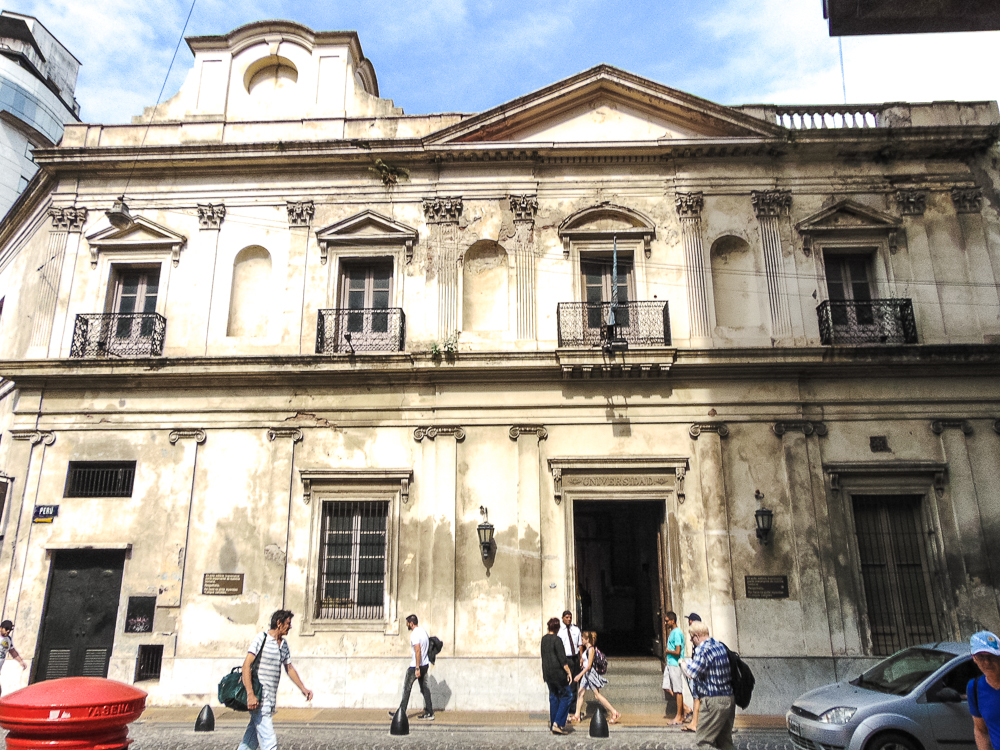
8 San Ignacio Church
(225, Bolivar)
The church of San Ignacio is the oldest in the city, built by the Jesuits between 1686 and 1722, and is part of the Manzana de las Luces.
9 Colégio Nacional Buenos Aires
(263, Bolivar)
The National College has existed since 1662. At the beginning of the 20th century, the College was transferred to the orbit of the University of Buenos Aires, to which it still belongs today.
The present building was designed by the French architect Norbert Maillart in 1918.
Today, the National School of Buenos Aires is one of the most prestigious high schools in the city.
10 La Librería de Avila
(500, Adolfo Alsina)
It is the oldest bookstore in Buenos Aires. At the top of its facade it says “school library”, which was its former name due to its proximity to the National School of Buenos Aires.
Considered a paradise for book lovers, in this bookstore you can find old and out of print books, rarities and more.
11 Altos de Elorriaga
(old house, small museum – 401-429, Adolfo Alsina)
A construction from another era stands out in this corner, and is known as the Altos de Elorriaga and was one of the first buildings in the city to have two floors and is the oldest of its type still preserved.
12 Museo de la Ciudad
(Museum of the City – 223, Defensa)
Created in 1968, the museum’s objective is to preserve, study and disseminate the cultural heritage and customs of the city of Buenos Aires through what its inhabitants have generated and continue to generate.
13 Farmacia La Estrella
(Historical Pharmacy – 201, Defensa);
La Estrella Pharmacy is the oldest pharmacy in Buenos Aires that is still in operation.
The interior invites us to travel back in time, with its carved shelves made of walnut wood, Murano glass, Carrara marble, Venetian majolica and wrought iron windows.
14 Church and convent of San Francisco, Capilla San Roque
(380, Adolfo Alsina);
At the top of the facade there is a sculptural group of four figures, all Italian: the poet Dante Alighieri, the painter Giotto, the navigator Christopher Columbus, who is shown kneeling, and St. Francis of Assisi, the saint for whom Pope Jorge Mario Bergoglio took the name of Francis as a symbol and guide for his pontificate.
Anecdote: during the restoration of the sculptures of the facade, in 2007, they noticed that the head of the sculpture of Dante was hollow and they found inside a letter that the sculptor had left, as well as a newspaper and money of the time.
15 Bar El Colonial
(599, Belgrano/Peru corner)
16 Museo Etnográfico Juan B. Ambrosetti
(350, Moreno)
It has archaeological and anthropological collections that invite you to discover the cultural diversity of the pre-Hispanic Argentine peoples and of the different regions of the world.
17 Basilica of Our Lady of the Rosary / Convent of Santo Domingo / Mausoleum of General Manuel Belgrano
(390, Belgrano/Coin Defensa)
In the atrium of the temple, a mausoleum houses the remains of General Manuel Belgrano, an Argentine hero and faithful devotee of the Virgin of the Rosary. The remains of his parents are also buried.
During the English invasions of 1806, the invading troops of General William Beresford attacked Buenos Aires, which was not prepared to face them. Santiago de Liniers promised that if he recovered the city, he would donate the flags he took from the invader if Our Lady of the Rosary would protect him. The English were defeated and Liniers handed over the flags, which are behind some of the altarpieces in the church.
19 House of Liniers
(469, Venezuela)
On Venezuela Street, you will find a house with a white façade, known as Casa del Virrey Liniers. It is one of the oldest houses still standing in the city and belonged to Santiago de Liniers, the second last viceroy of the River Plate.
20 Former House of Money (Ex Casa de la Moneda)
(600, Defensa)
In this Italian-style building was the first headquarters of the Casa de Moneda, designed by the engineer Eduardo Castilla, who was also the first director of the institution.
The King’s Hospital, founded by Juan de Garay between 1611 and 1613, first operated on the site.
Declared a national historic monument, it currently belongs to the Argentine army and the headquarters of its general archives.
21 Former National Library
(564, Mexico City)
In this building, inaugurated in 1901, the National Library functioned until it moved to the famous headquarters in the Recoleta neighborhood.
Here, between 1955 and 1973, the writer Jorge Luis Borges served as director of the National Library, a time that coincided with the onset of his blindness and led him to write his famous “Poem of Gifts”, about the irony of being between books without being able to read.
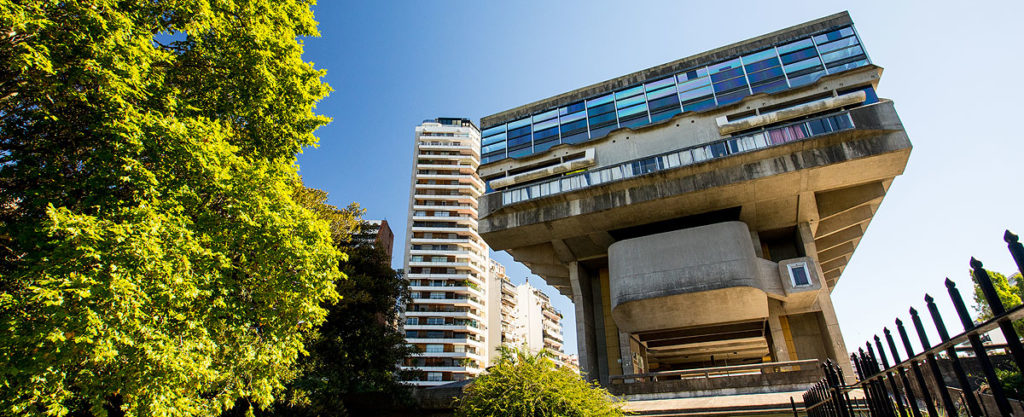
Avenida de Mayo route (from Casa Rosada to the National Congress)
1 Pasaje Roverano
(560 de Mayo Ave.)
It is the oldest shopping mall in the city, and still retains the original appearance of the building. From here you can access the Peru subway station, which retains the typical appearance of the early 20th century.
2 Casa de la Cultura (former building of the newspaper La Prensa)
(575, Av. de Mayo)
At the top of the building is a female statue with a flashlight in her hand. It is made of bronze and weighs 3,000 kilos. It was the symbol of the old newspaper. The light of the lamp was lit with a siren to announce an extraordinary news. Today, the building belongs to the City’s Secretariat of Culture.
3 Coffee Tortoni
(826, Av. de Mayo)
Café Tortoni, founded in 1858, is the oldest in the city and one of the most traditional porteño cafés. The imposing façade that overlooks Avenida de Mayo was built in 1898. Its first owner was a French immigrant by the name of Touan, who named it after another famous Café Tortoni in Paris, frequented by the Parisian elite in the 19th century.
A important part of the history of Buenos Aires is present in its marble tables and wallsAmong its most prominent clients were the writers Jorge Luis Borges, Luigi Pirandello, Federico García Lorca and Julio Cortázar, as well as the musicians Arthur Rubinstein and the mythical Carlos Gardel.
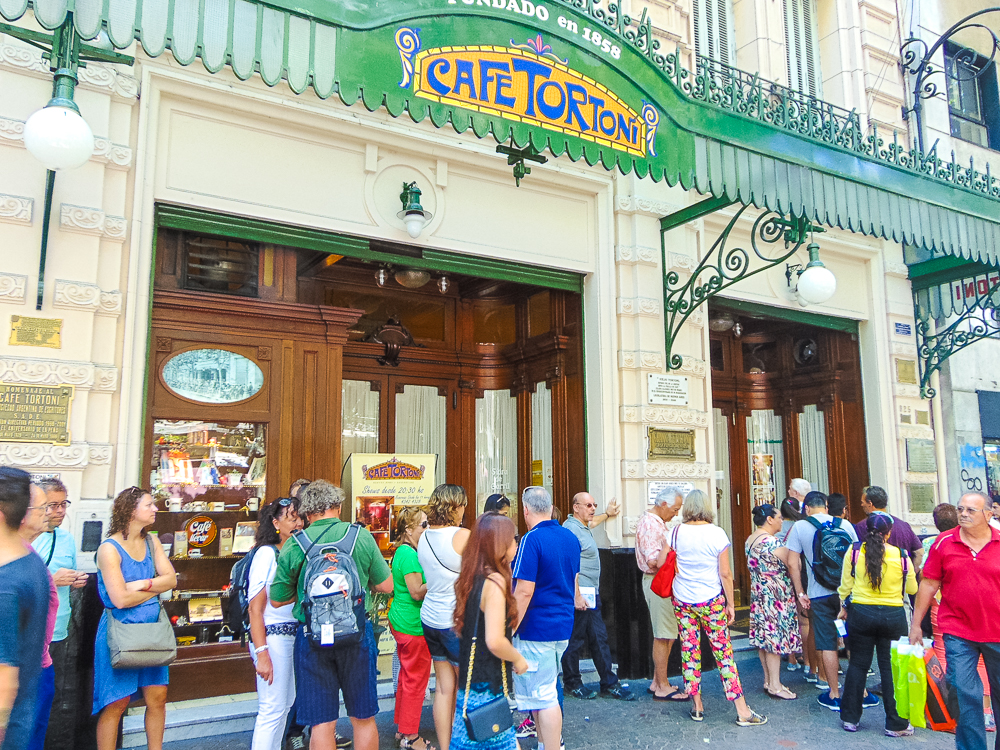
4 Hotel Castelar
(1152, Av. de Mayo)
The Castelar Hotel was built in 1928 and was one of the first elegant hotels in the city. Inside, there is an old café. The place has been frequented by several Argentine and foreign personalities.
5 Avenida Theater
(1222, Av. de Mayo)
It was inaugurated in 1908. In 1945, Federico García Lorca presented the work “The House of Bernarda Alba”. Operas, operettas and “zarzuelas” are often performed in the theater.
6 Café Los 36 Billares
(1271, Av. de Mayo)
This is one of the traditional cafés in Buenos Aires. It is not frequented by tourists. The interior has a large games room. This beautiful café is a real museum.
7 Hotel Chile
(1297, Av. de Mayo)
Hotel Chile has an Art Nouveau style architecture. It was built in 1908.
8 Majestic Hotel
(1317, Av. de Mayo)
The building was built in 1909. The hotel (now closed) had as guests the famous architect Le Corbusier and the dancer Nijinsky.
9 Jornal CríticaBuilding
(1333, Av. de Mayo)
The building was built in 1926. Well-known writers have worked for the newspaper. The newspaper was closed by a military coup.
10 Palácio Barolo
(1370, Av. de Mayo)
The Barolo Palace is an architectural gem in Buenos Aires. It was built in 1921 by the businessman Luis Barolo and has 22 floors. At the time, it was one of the tallest buildings in Latin America. At the top is a tower with a powerful lamp.
11 Plaza Congreso
This huge square, built in front of the National Congress, is home to the city’s Mile Zero monument and a replica of Rodin’s The Thinker.
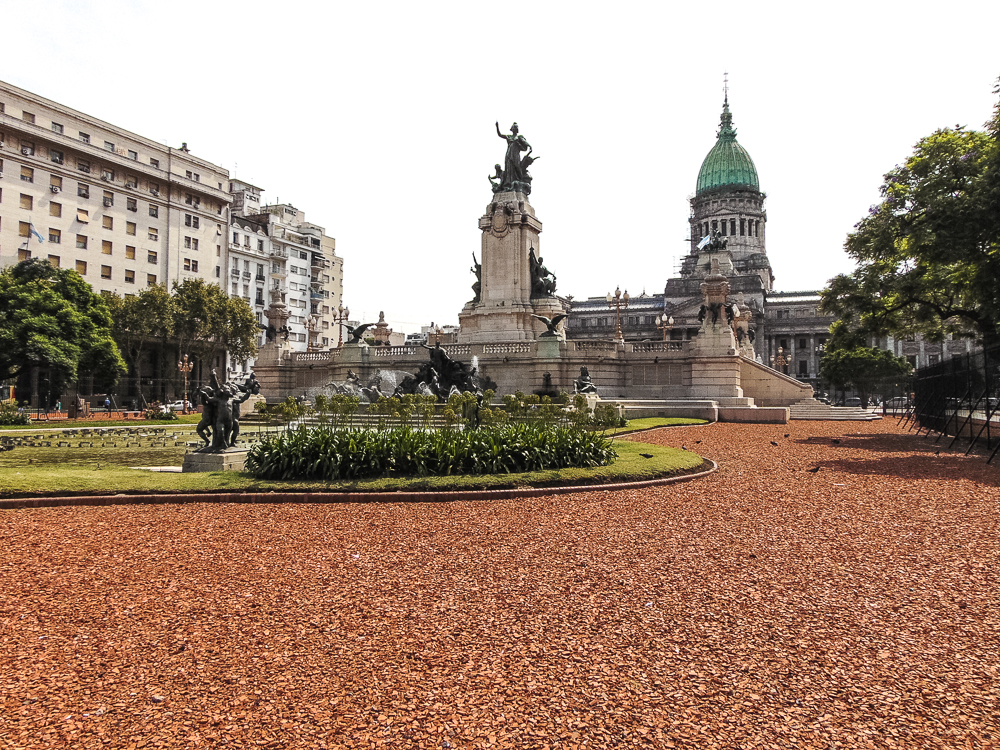
12 Monumento a los Dos Congresos
The monument represents the meetings held in 1813 (Abolition of Slavery) and 1816 (Declaration of Independence). It is composed of a female figure representing the Republic. Next to it is a plow representing work. The water source symbolizes the River Plate and its two tributaries, the Uruguay River and the Parana River.
13 Palacio del Congreso Nacional
Seat of the Legislative power (Chamber of Deputies and Senators)
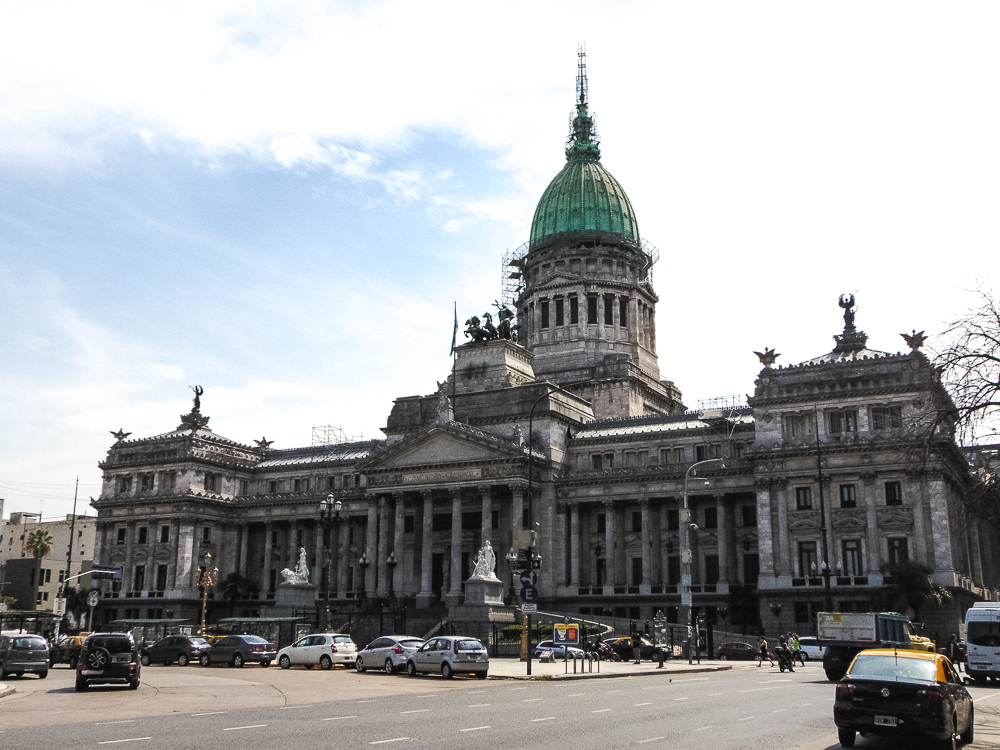
Itinerary San Telmo
1 Defensa Street Market (Sundays)
The San Telmo street market was created in 1970 in Plaza Dorrego and with more than 270 antiques booths, it is now the largest artisanal market in the city.
In addition to the street market that runs along Defensa Street for almost 2 km – from Plaza de Mayo to Cochabamba Street – it is a great exhibition of Argentine art and culture: tango dancers, musicians, local food, handcrafted souvenirs, clothing, jewelry, toys, and many items created by Argentine artisans.
Once the Plaza Dorrego flea market is over, you can stay in the neighborhood to enjoy a beer in one of the many bars and watch the tango dancers who show up in the square at the end of the day. An authentic atmosphere that you will only find in San Telmo.
2 Mercado de San Telmo
(Coin Bolivar and Carlos Calvo)
The market dates back to 1897 and was inaugurated with the aim of supplying the inhabitants of the district. The building, the work of the great architect Juan Antonio Buschiazzo, retains its original internal structure of metal beams, arches and columns with sheet metal and glass roofs and a large dome in the center.
Today, the usual shops (antiques, butchers, greengrocers) coexist with new proposals that make it a gastronomic pole.
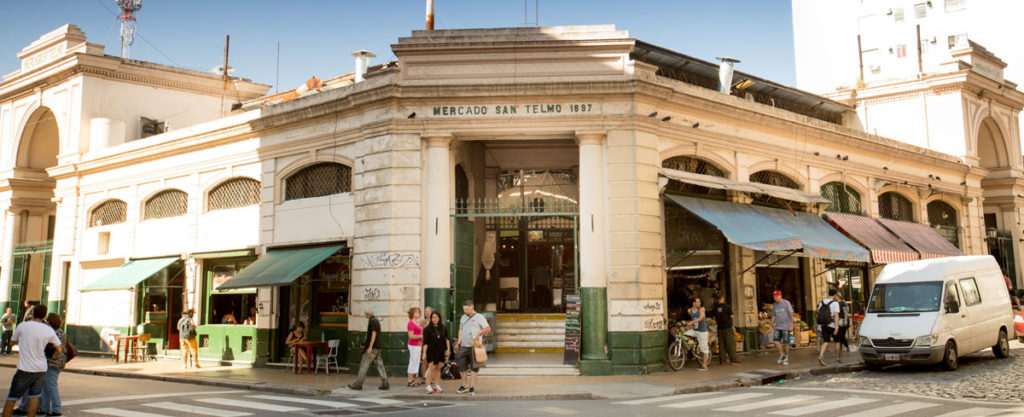
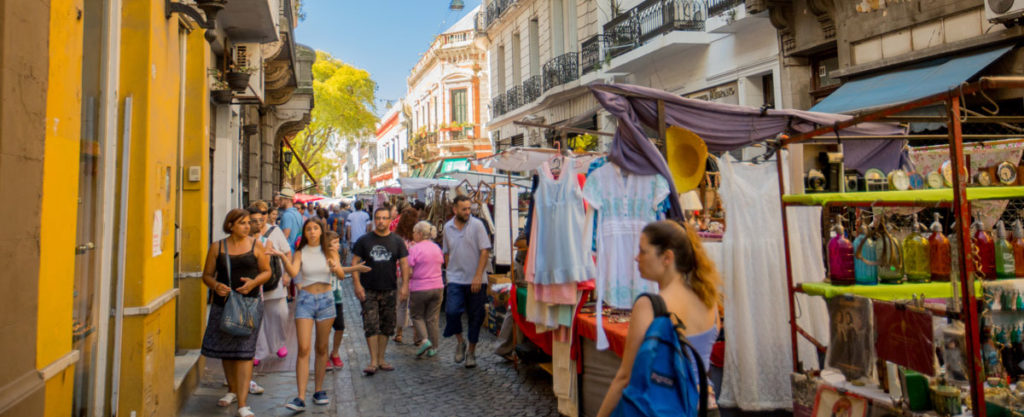
3 Casa mínima
(380, Pasaje San Lorenzo)
This house with only 2.5 meters in front is known to be the narrowest in the city. Its simple façade consists of a simple green door and a small balcony with iron bars.
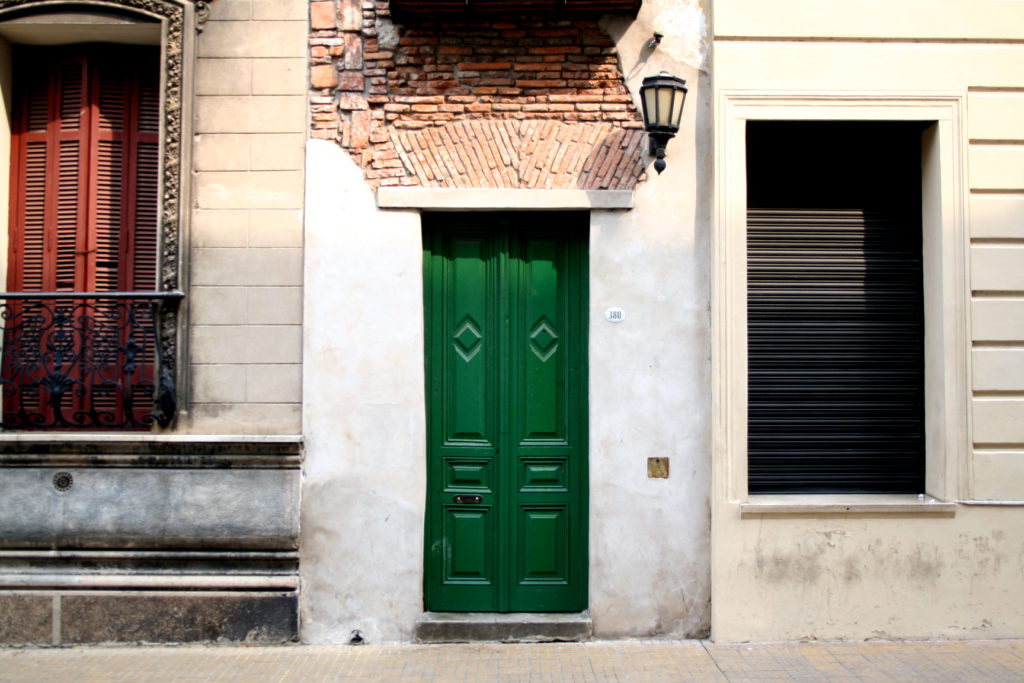
4 Sculpture of Mafalda
(Corner of Defensa and Chile)
Here we see Mafalda sitting on a bench with her friends Susanita and Manolito.
Mafalda is the comic strip made by the graphic novelist Quino between 1964 and 1973, which had as its protagonist this young girl who was concerned about humanity and peace in the world.
On the bench and on the floor, surrounding Mafalda and her friends, you can often see bouquets of flowers left by fans of Mafalda to pay tribute to Quino, her creator, who died recently.
Nearby, you will also find a wall painted with all the characters.

5 Plaza Dorrego
(Corner Defensa and Humberto 1º)
This square is the heart of the San Telmo neighborhood. It is surrounded by old 19th century mansions, many of which have been recycled and transformed into cafés, restaurants or antique shops.
On Sundays, there is an antique fair on the square. The area, with its shops and fair, is considered one of the most prestigious antique centers in America.
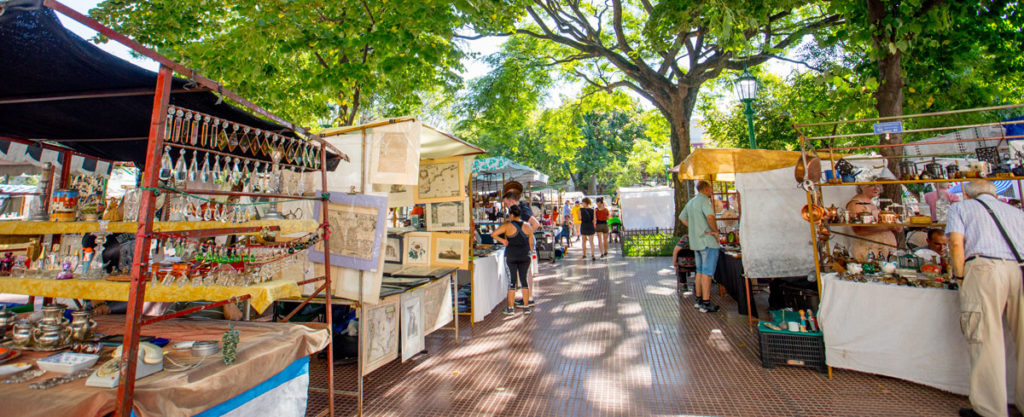
7 Lezama Park
(corner of Defensa and Brasil)
This park is located in a natural ravine and is the great green lung of the neighborhood, with over 500 trees spread over 7.7 hectares. In addition, it has several sculptures, monuments, an amphitheater, a viewpoint and a fountain.
8 Ortodoxa Rusa Church
(315, Brasil)
Opposite Lezama Park is the Russian Orthodox Cathedral of the Holy Trinity, which was designed in 1901. The temple is known for its Moscow style and has five blue and gold domes that culminate in Orthodox crosses.
9 Facultad de Ingeniería
(850, Avenida Paseo Colón)
This imposing neoclassical building is the headquarters of the Faculty of Engineering of the University of Buenos Aires. The facade and the sides are supported by columns in Doric style.
Curiosity: It began to be built in 1951 as the headquarters of the Fundación Eva Perón, and later, in 1955, President Juan Domingo Perón was overthrown, the building was attacked by anti-Peronist activists and it is said that its 10 statues of six meters of Carrara marble were dismantled and thrown at the bottom of the River Plate
10 Sculpture Canto al Trabajo
(Corner of Avenida Independencia and Paseo Colón).
This monument is consideredone of the best outdoor sculptures in the city. There are 14 bronze figures dragging a large stone, symbolizing the effort of human work in the pursuit of progress.
The five silhouettes that march past represent the Family: the father, who moves forward in a serene and expectant attitude; the mother, who looks into the distance as if to scrutinize the future of her children; and the three children, symbol of hope.
Itinerary La Boca
1 Caminito
The most famous street in the neighborhood is called Caminito (Little Road), where several artists and painters sell their works to visitors.
In the 1950s, resident Arturo Carrega decided to reclaim the land where he had a narrow stream near a train line. Carrega called upon the painter Quinquela Martín, who named the street “Caminito” after the popular tango of 1926 by Peñalosa and Filiberto. Caminito is now visited by hundreds of tourists every day.
It is the most touristic place of the city, where you can find everything a little: restaurants, bars, art galleries, museums, stores, street artists, dancers…
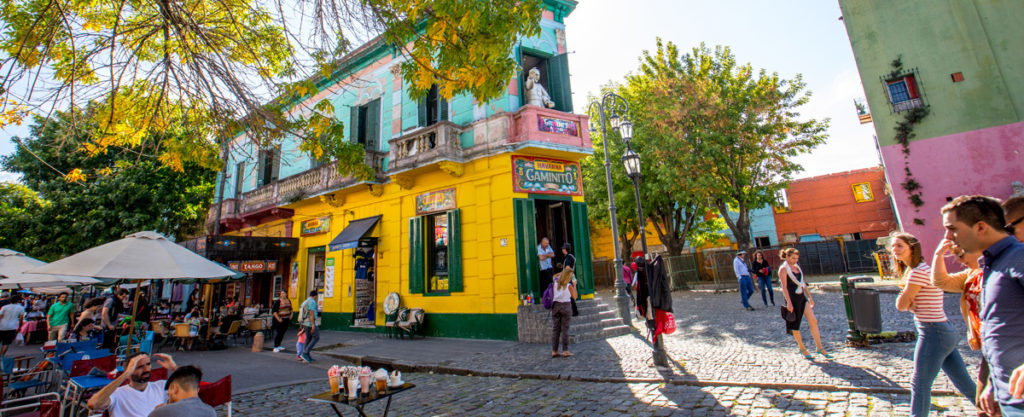
2 Stadium of the team “Boca Juniors”
(805, Brandsen)
The stadium belongs to one of the most popular soccer teams in the Argentine Republic, Boca Juniors (the other is River Plate, from the Nuñez district).
The stadium, built in 1940 is affectionately called “La Bombonera” (candy box) and has a capacity of about 60,000 people. Outside, you can see a mural by the artist Pérez Celis.
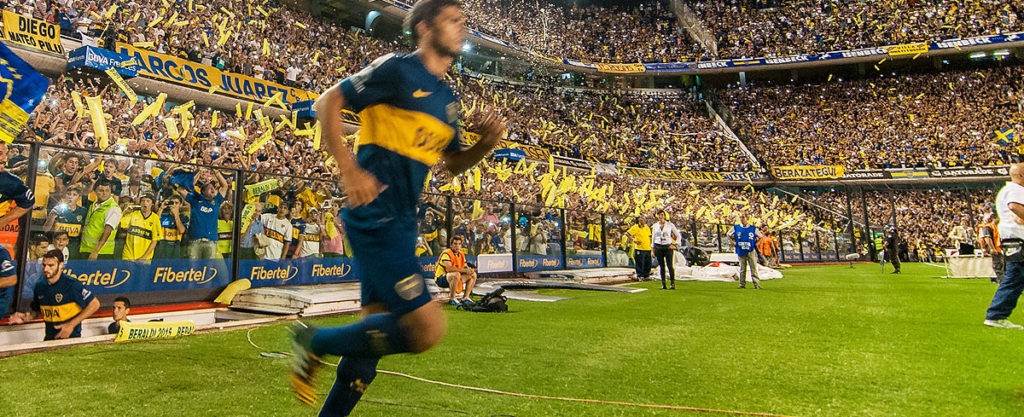
3 Estádio de Boca Museum (La Bombonera)
(Brandsen 805)
You can combine a guided tour of the stadium with admission to the museum.
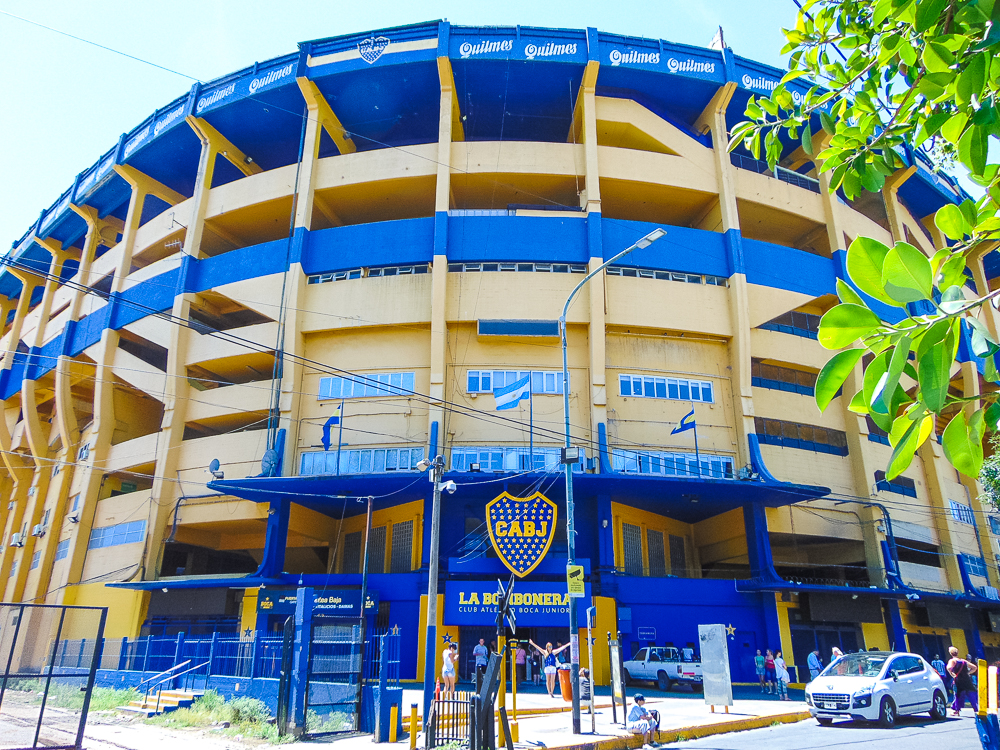
4 Museo de Bellas Artes de La Boca Quinquela Martín
The museum offers a panorama of Argentine figurative art from the end of the 19th century to the middle of the 20th century.
Works of great artists, considered to date as initiators and precursors of the plastic arts in the country, with works of contemporary artists of renown who are currently donating their works to enrich the vast heritage that the museum has.
5 Puente Nicolás Avellaneda
The Nicolás Avellaneda Bridge crosses the Riachuelo River, connecting the neighborhoods of La Boca and Isla Maciel belonging to the municipality of Avellaneda, in the province of Buenos Aires.
There are two bridges that share the name Nicolás Avellaneda, which is currently used, and the other historical bridge, a few meters away, which preserves the iron skeleton.
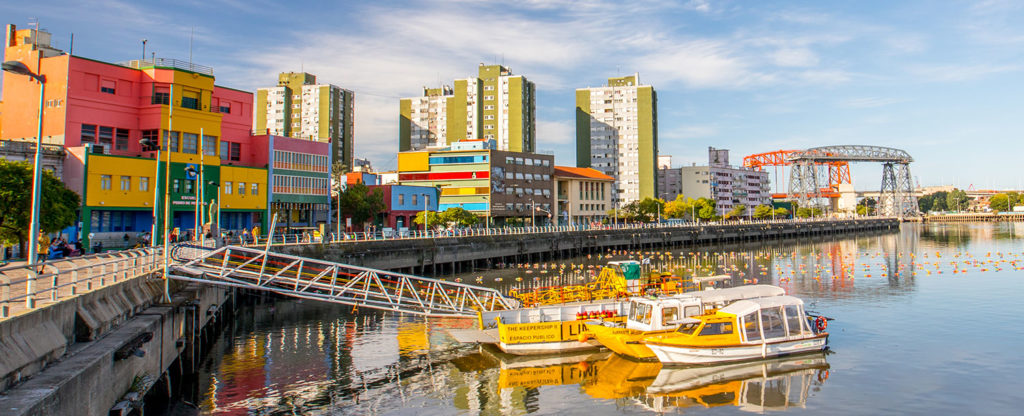
Itinerary Recoleta
1 Cementerio de la Recoleta
(1760, Junín)
The Recoleta Cemetery is considered a museum for two reasons. One reason is the large number of works of art that can be found there. The other reason is that in the cemetery are the remains of famous personalities of politics, culture, art and science.
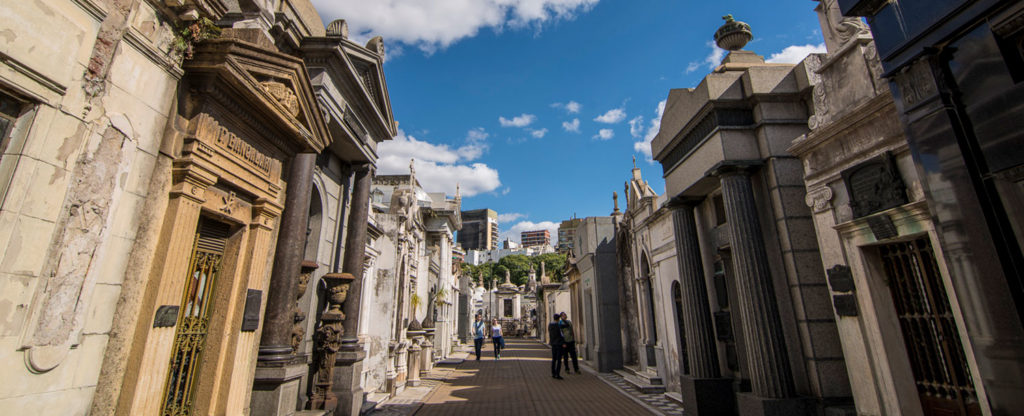
2 Basílica de Nuestra Señora del Pilar
(1892, Junín)
The church was built in 1732. This building is one of the best examples of colonial baroque in the city. The altar is covered with silver plates from Peru. The side altars are in the Germanic Baroque style. Inside is an old image of San Pedro Alcantara. The tower was for a time one of the highest points in the city. In 1936 it was declared a basilica and in 1942 a national heritage.
3 Centro Cultural Recoleta
(1930, Junín)
The Recoleta Cultural Center has 27 exhibition halls, a microcinema, an auditorium and an amphitheater. Many activities take place on the site: visual arts exhibitions, recitals, concerts, theatrical performances and animations.
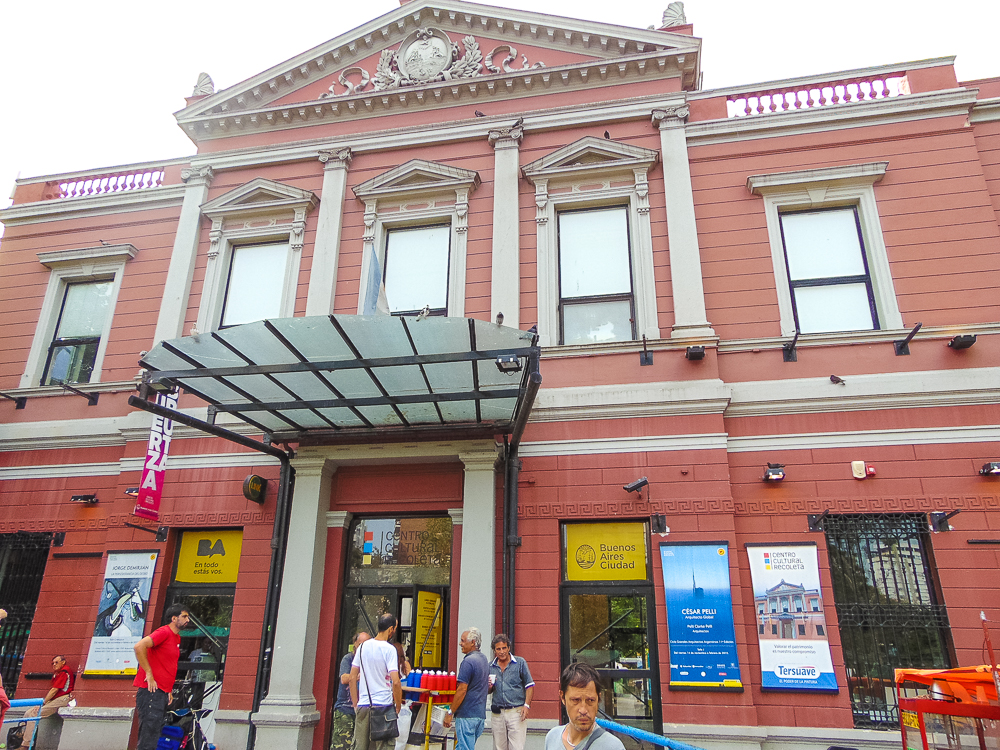
4 Bar La Biela
(600, Avenida Quintana)
La Biela is the most famous café in the neighborhood.
5 Ice Palace
(1725, Posadas)
From 1911 to 1921, the first ice rink built in Buenos Aires operated here. Later it was transformed into an elegant tango hall. It is currently a state-owned art exhibition center.
6 Museo Nacional de Bellas Artes
(1473, Avenida del Libertador)
The building was built in 1933 and has a permanent collection of the sector and invites other collectors. In the permanent collection you can admire works by Goya, Picasso, Rubens, Monet, Velazquez, Van Gogh, Gaughin, Regas, Rembrandt, Rodin and national artists such as Berni, Castagnino, Quinquela and Petorutti.
7 Biblioteca Nacional
(2502, Agüero)
The National Library was founded in 1811. It has a collection of approximately 2,000,000 copies and its newspaper library is the largest in Latin America. It has nine reading rooms with a total capacity of 940 readers, an auditorium and a school library.

8 Monumento Floralis Genérica (metallic flower)
(2300, Avenida Presidente Figueroa Alcorta, United Nations Plaza)
The Flower Monument is located at the United Nations Plaza and was inaugurated in 2002. The sculpture is located in a four hectare park, near a water source. It represents a large stainless steel flower with an aluminum and concrete skeleton. It weighs eighteen tons and is 23 meters high.
One of the features of the flower is an electrical system, which automatically opens and closes the petals depending on the time of day. The flower opens in the morning and closes at sunset.
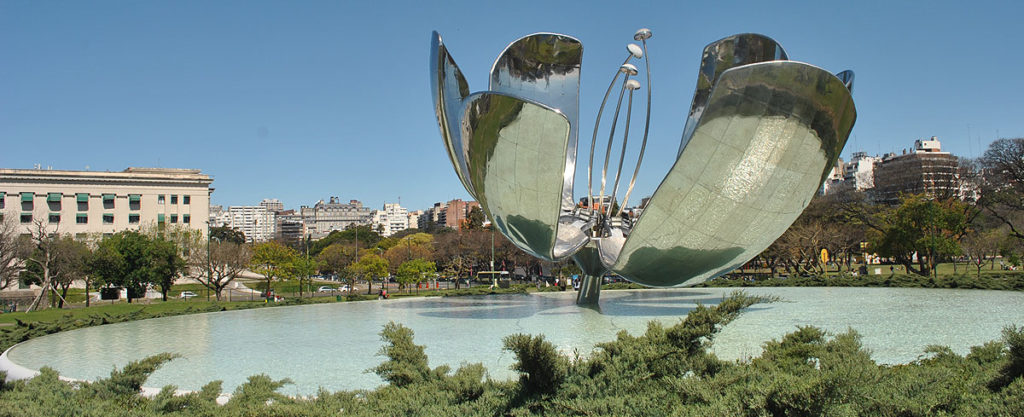
9 Latin American Art Museum of Buenos Aires (MALBA)
(3415, Avenida Presidente Figueroa Alcorta)
Modern museum exhibiting 20th century and more recent Latin American art, with films and cultural events.
Itinerary Palermo
1 Bosques de Palermo
(corner of Av. Libertador and Sarmiento)
Palermo Woods is a park that has more than 80 hectares filled with century-old trees. It has two artificial lakes.
The Tres de Febrero Park has several spaces such as the Poets’ Garden, the Patio Andaluz and the Rose Garden, known as El Rosedal, with more than 15,000 rosebushes of 1,189 different species.
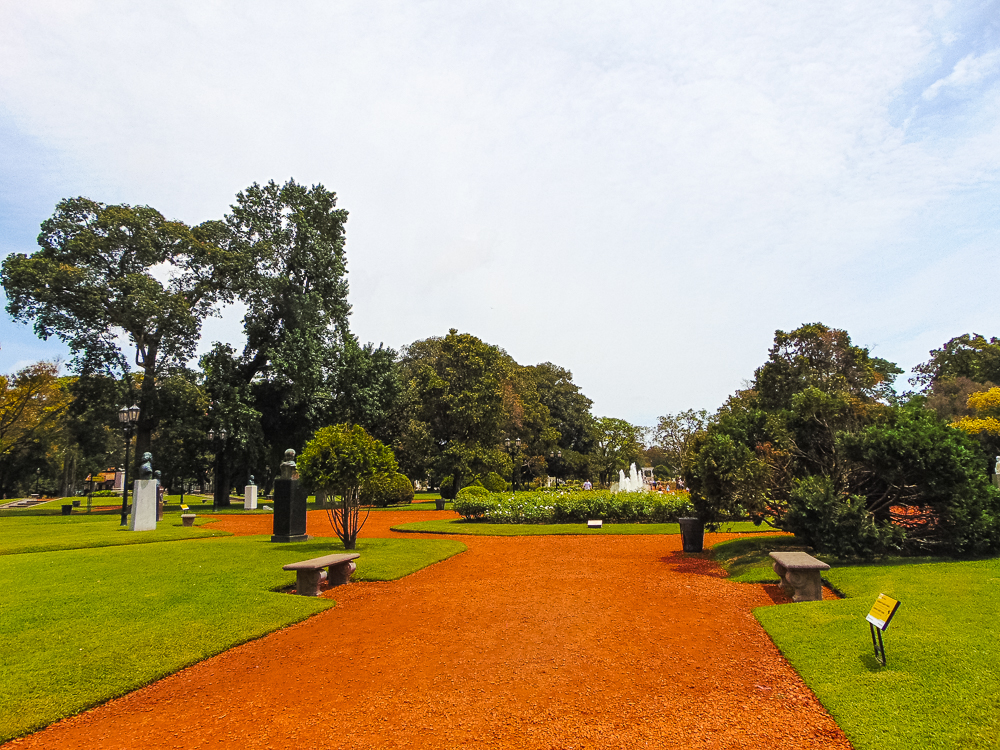
2 Galileo Galilei Planetarium
(corner of Av. Sarmiento and Figueroa Alcorta)
The Planetarium was built in 1962 and its building was inspired by the planet Saturn. The Planetarium has five floors, six staircases (one of which is a spiral staircase) and a circular room of 20 meters in diameter with 360 seats.
In the semi-spherical dome – 20 meters in diameter and covered inside with aluminum sheets – the celestial dome is projected.
In the center of the room is the authentic planetarium: a 5-meter high, 2.5-ton device with a hundred projectors.
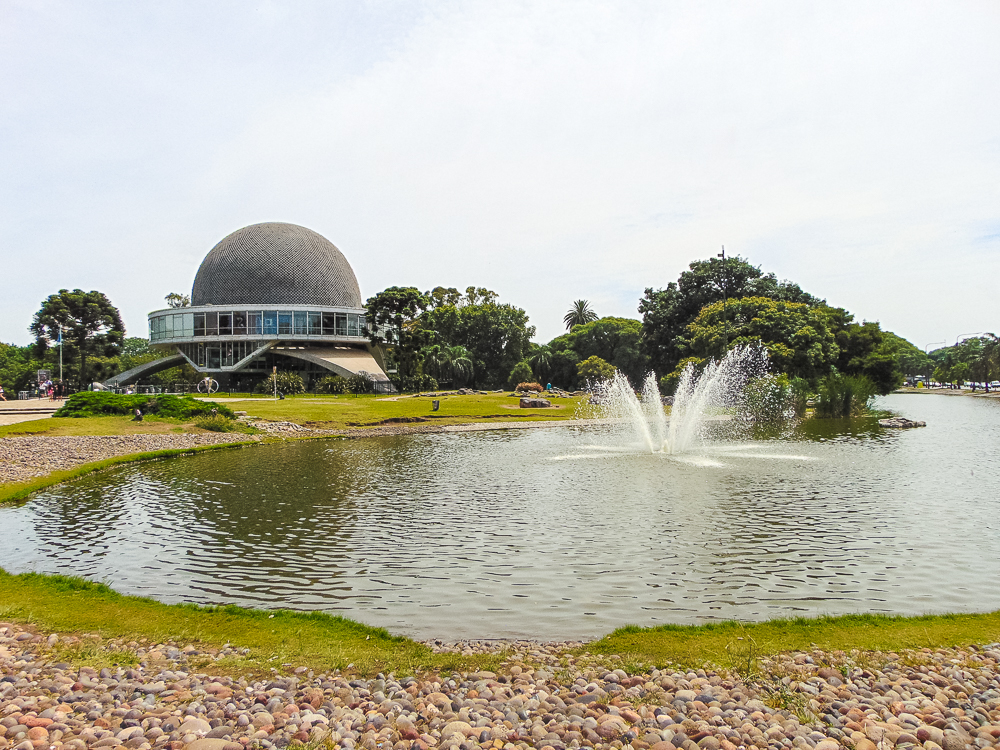
3 Monument of the Spaniards
(corner of Sarmiento and Libertador)
The Monument of the Magna Carta and the Four Argentine Regions is popularly known as the Monument of the Spaniards because it was donated by the Spanish community in 1910 on the occasion of the centennial of the May Revolution.
It represents the 4 Argentine regions: The Andes, the Rio de la Plata, the Pampa and the Chaco.
4 Japanese garden
(3450 Casares Ave.)
The Japanese garden was built in 1967, on the occasion of the visit to Argentina of Crown Prince Akihito, former Emperor of Japan.
The lakes of the Japanese Garden are inhabited by hundreds of colorful fish. Visitors can feed them. There is also a restaurant and a tea house in a typical pagoda.
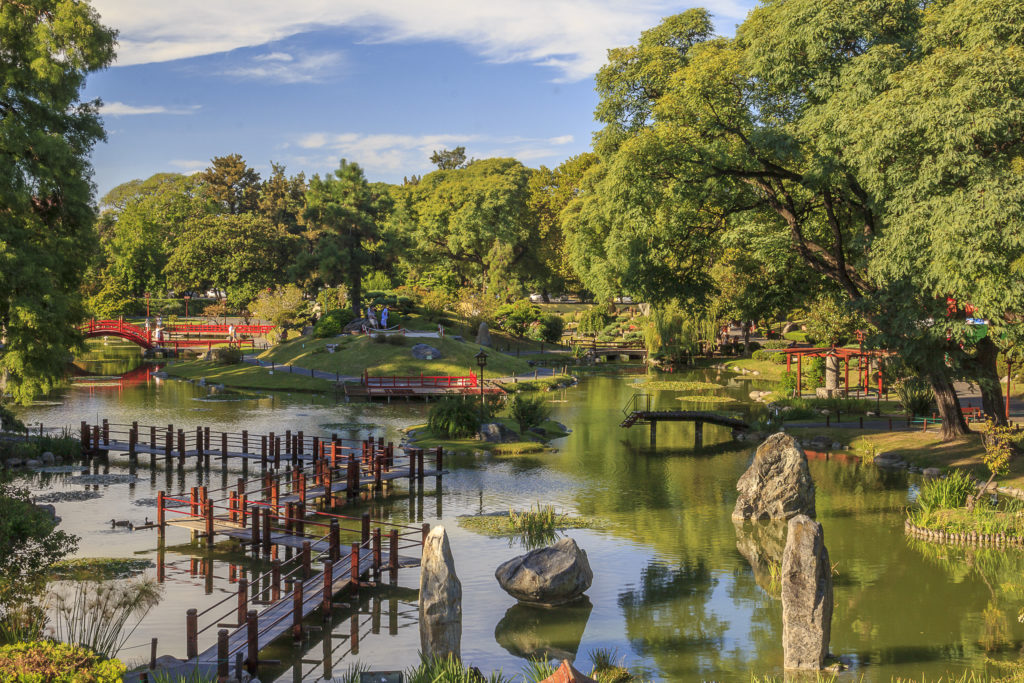
5 Botanical garden
(3951 Santa Fe Ave)
The Botanical Garden is located in the Palermo district, in front of the old zoo (now Ecoparque) and Plaza Italia.
It is a green space of 5 hectares, with more than 5,500 species of trees and plants from different regions of the world distributed and organized in different sectors such as the French patio, the Oriental patio, the Roman patio…
The Botanical Garden also has a remarkable collection of fountains and sculptures.
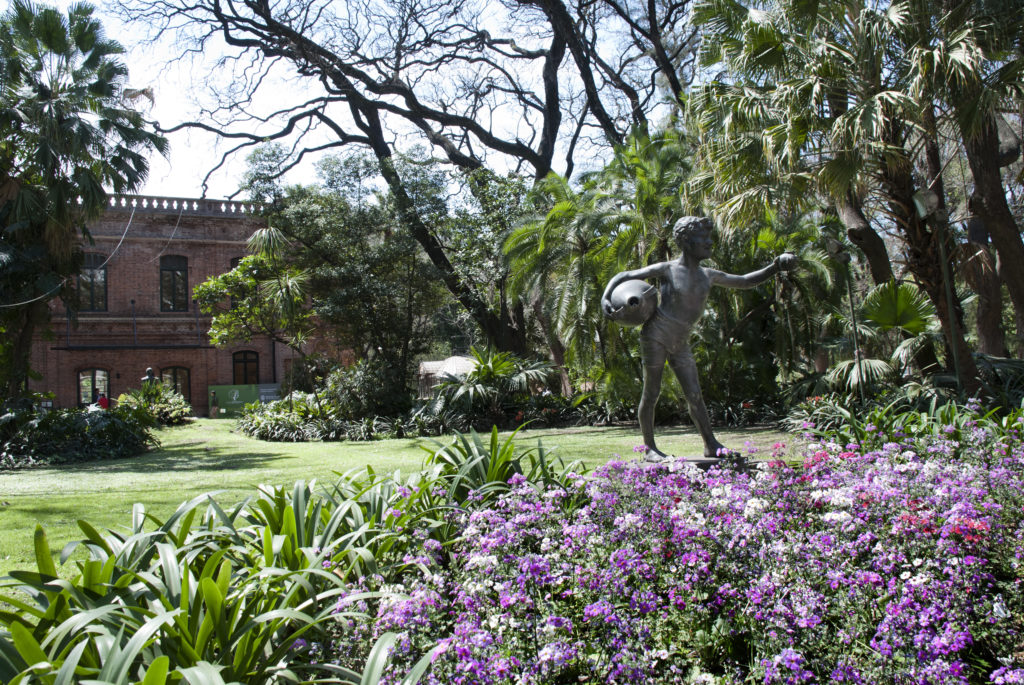
6 Palermo Hollywood
In Palermo Hollywood, there are several offices and studios of television and cinema. This area has excellent restaurants and bars. The lively discotheques operate until the early hours of the morning.
7 Palermo Soho
The most famous square in Palermo Soho is Plaza Cortazar (also known as Plaza Serrano). In this area there are several bars, restaurants, stores and bookstores.
Palermo Soho is the reference for design in the city. Every Saturday and Sunday there is a market of clothes and accessories in the Plaza Serrano.
Itinerary Avenue 9 de Julio
1 Obelisk and Plaza de la República
(corner of Avenida 9 de Julio and Corrientes)
The Obelisk of Buenos Aires is located in the center of the Plaza de la República, at the intersection of Corrientes and 9 de Julio avenues. It is one of the symbols of the city.
The metro stations to get there are: Carlos Pellegrini, 9 de Julio and Diagonal Norte.
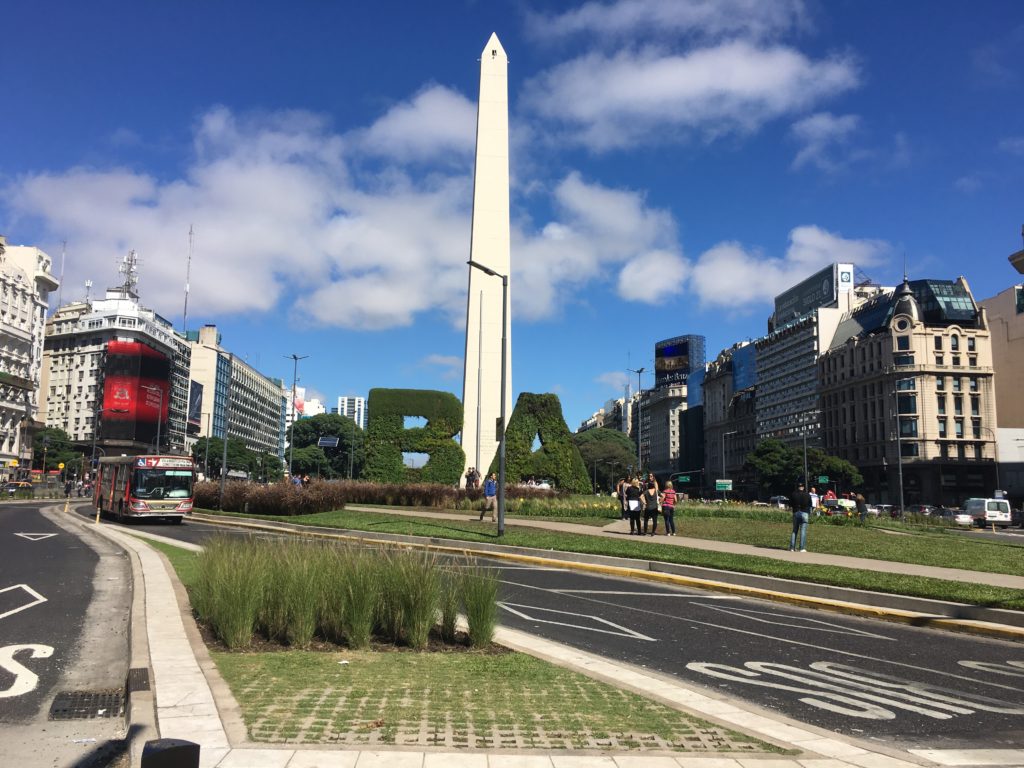
2 Avenida 9 de Julio
With its 140 meters width and more than 10 lanes, it is the widest avenue on the planet. It is named in honor of the Argentine Independence Day, July 9, 1816.
Crossing an avenue is something commonplace, but not in Buenos Aires. Crossing the 9 de Julio is a tourist activity.
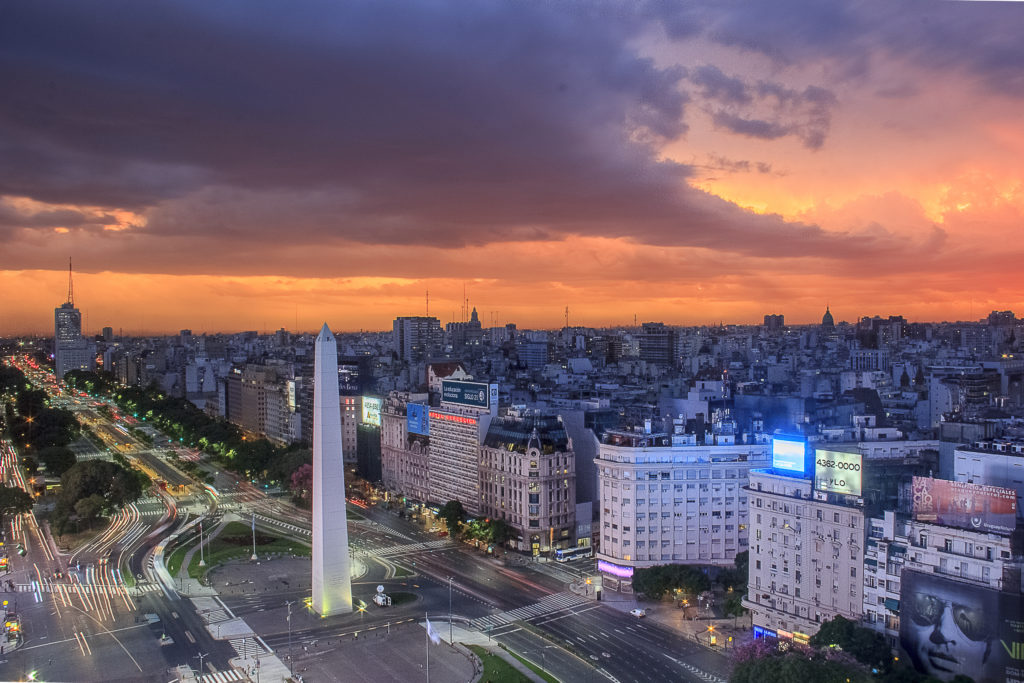
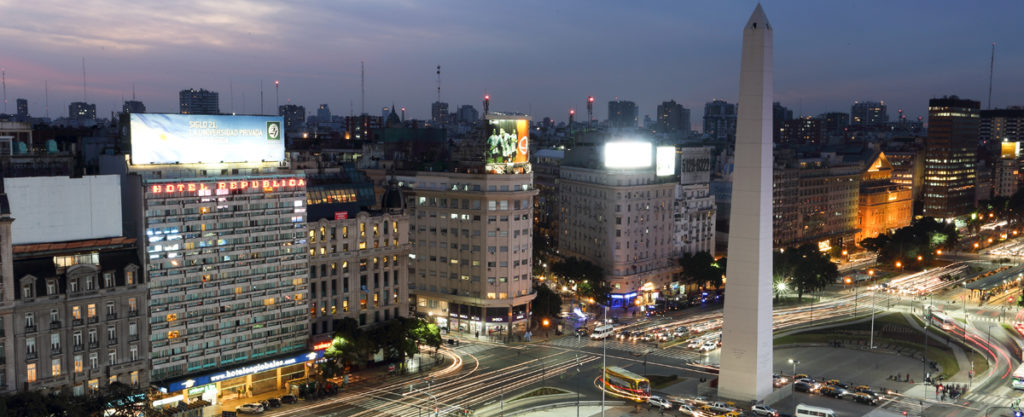
3 Colón Theater
(628, Cerrito)
The Buenos Aires Opera House, built in 1908, is considered one of the best in the world due to its size, acoustics and history. Guided tours are available.
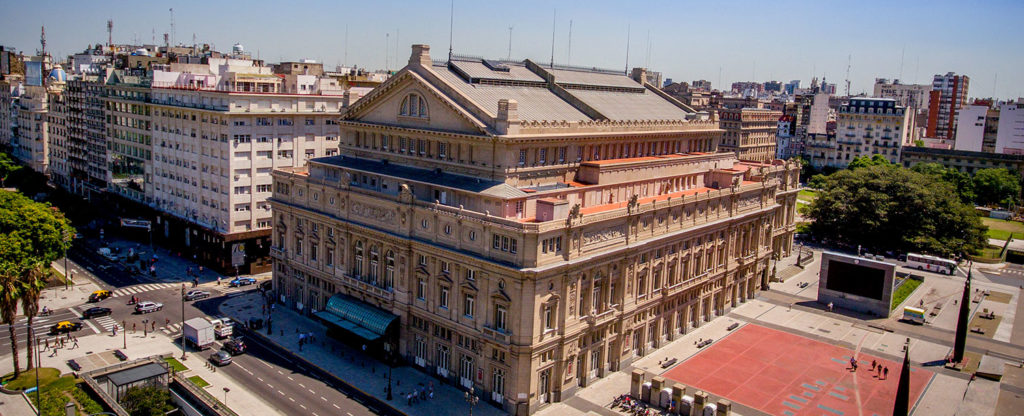
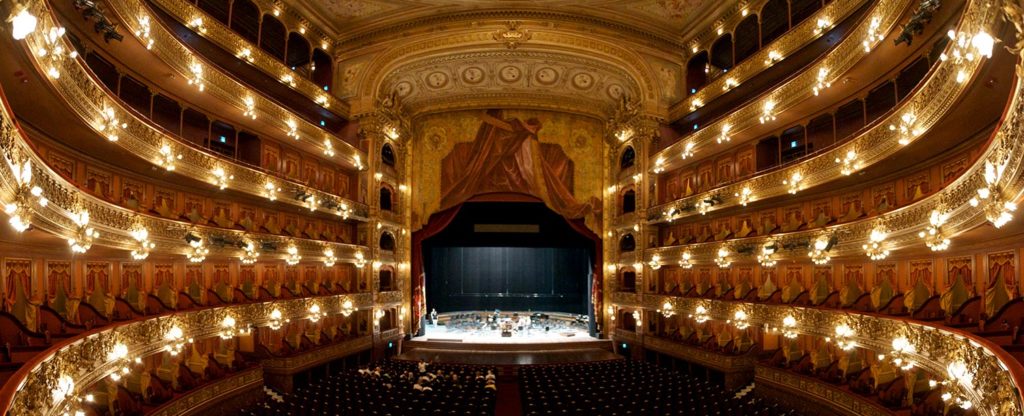
4 Calle Florida
Calle Florida is a pedestrian street located between Avenida Rivadavia and Plaza General San Martín. It is known as the most important shopping street in Argentina.
The word you will hear all the time here is “cambio”. There are street vendors everywhere, offering incredible rates, but be careful, as counterfeit money is a scourge in Buenos Aires. Most of them are cab drivers and cambio workers.
Also, beware of pickpockets… You are in the center of a metropolis.
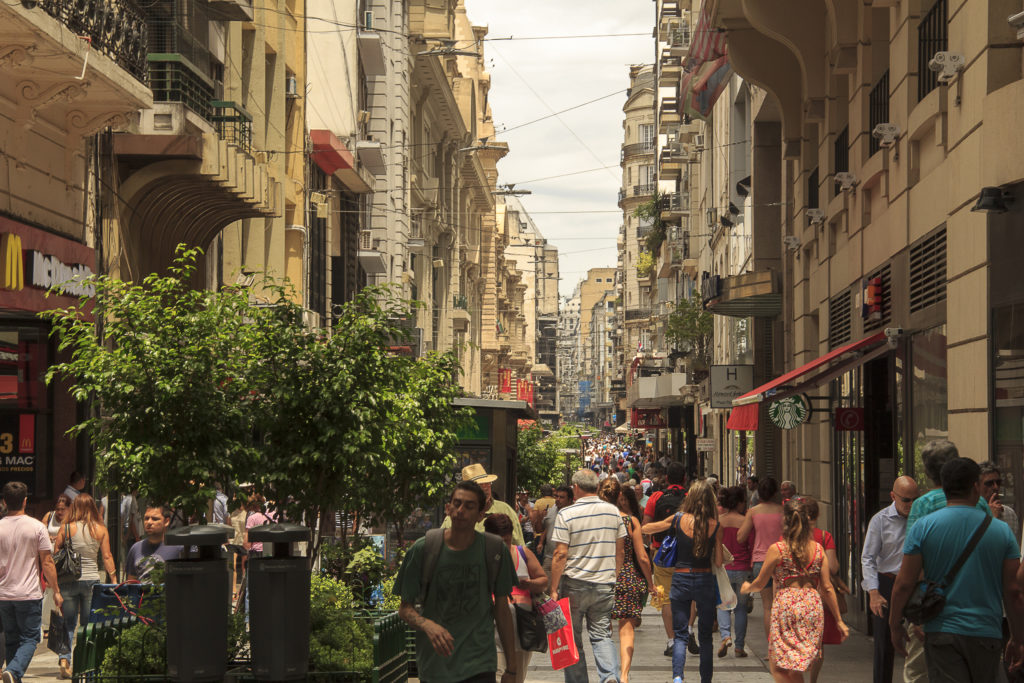
5 Avenida Corrientes
Avenida Corrientes is one of the main avenues in Buenos Aires and it is here that you will find several cinemas, theaters and restaurants that make the nightlife of Buenos Aires very famous.
6 Galerías Pacífico
The Beaux-Arts building was designed in 1889 to house a store called Bon Marché Argentin, inspired by the Le Bon Marché store in Paris.
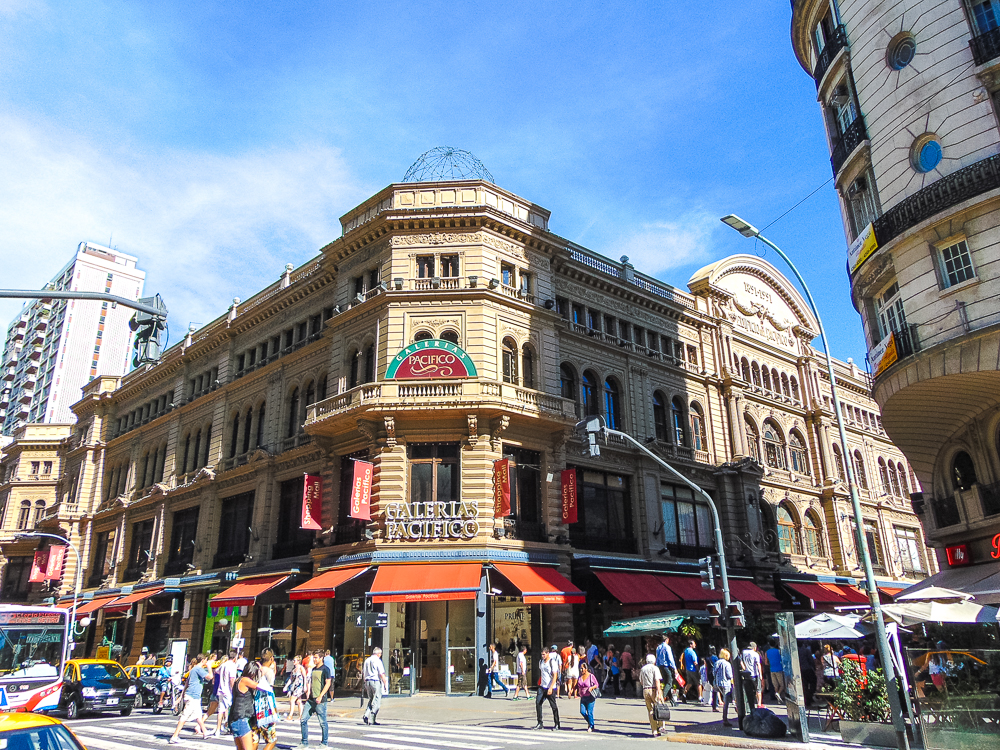
In 1896, part of the building was transformed into the first home of the National Museum of Fine Arts.
In 1908, the British company Buenos Aires and Pacific Railway acquired part of the building for offices. The name of the company derives from the fact that its intention was to operate a train service linking Buenos Aires and Valparaíso in Chile, thus providing access to the Pacific Ocean. From then on, the building was known as the Pacífico Building.
The building was used as a torture center by the military junta that ruled Argentina from 1976 to 1983. In 1987, a film crew discovered an abandoned torture center. During the dictatorship, the army hid some of its disappeared in the bowels of the mall; the walls of the dungeon still bore the desperate marks made by the prisoners.
In 1989, the building was declared a national historic monument. After being abandoned for years, the building was renovated and reopened in 1991 as the Galerías Pacifico shopping mall, which today houses luxury boutiques.
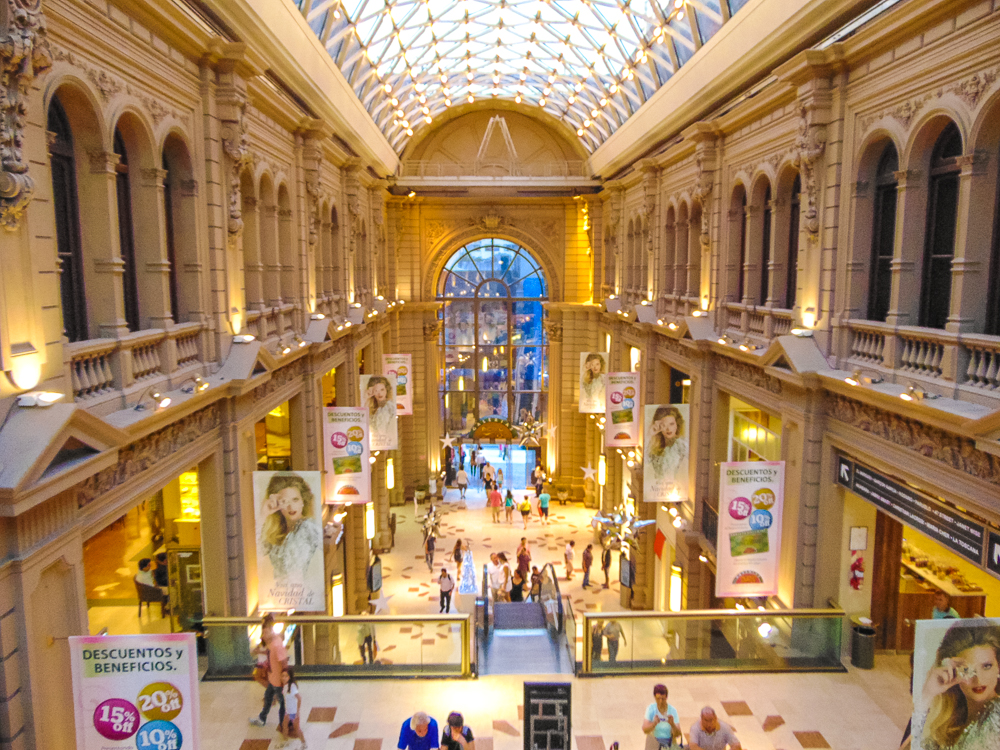
A day in Colonia Del Sacramento (Uruguay)
Our intention was to take the ferry to Colonia del Sacramento, spend the day there and then take a bus to spend 2 nights in Montevideo, the capital of Uruguay, and then return by ferry to Buenos Aires.
But the weather forecast was for rain in Montevideo, so we decided to make only one round trip between Buenos Aires and Colonia del Sacramento.
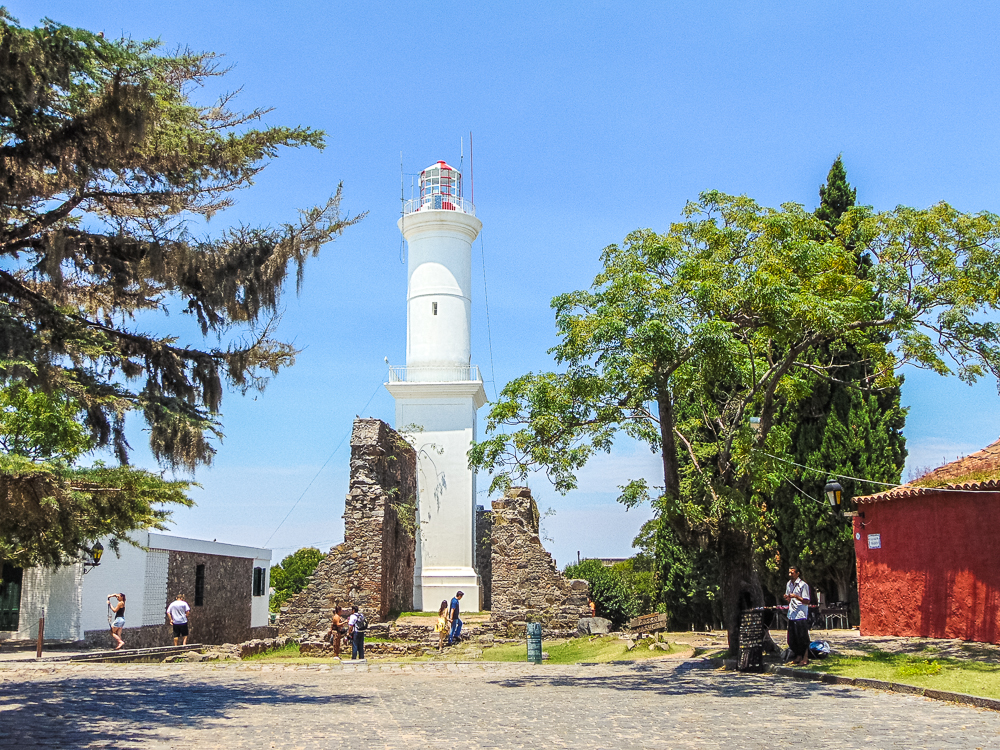
Colonia del Sacramento is a charming little town in Uruguay, founded by the Portuguese in 1680. It is the oldest city in the country. It is located 52 km from Buenos Aires and is easily accessible by ferry.
The historical part of the city is included in the Unesco World Heritage List. It is pleasant to walk along the cobblestone streets, admiring the colonial architecture, before stopping in a café for a break or in a restaurant for dinner.
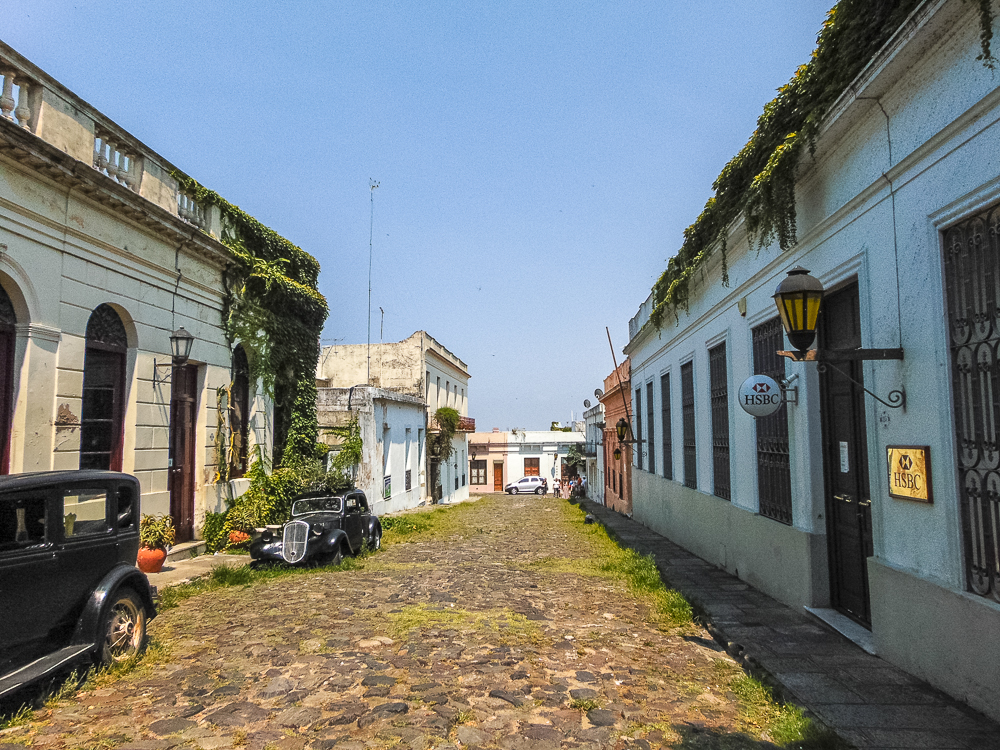
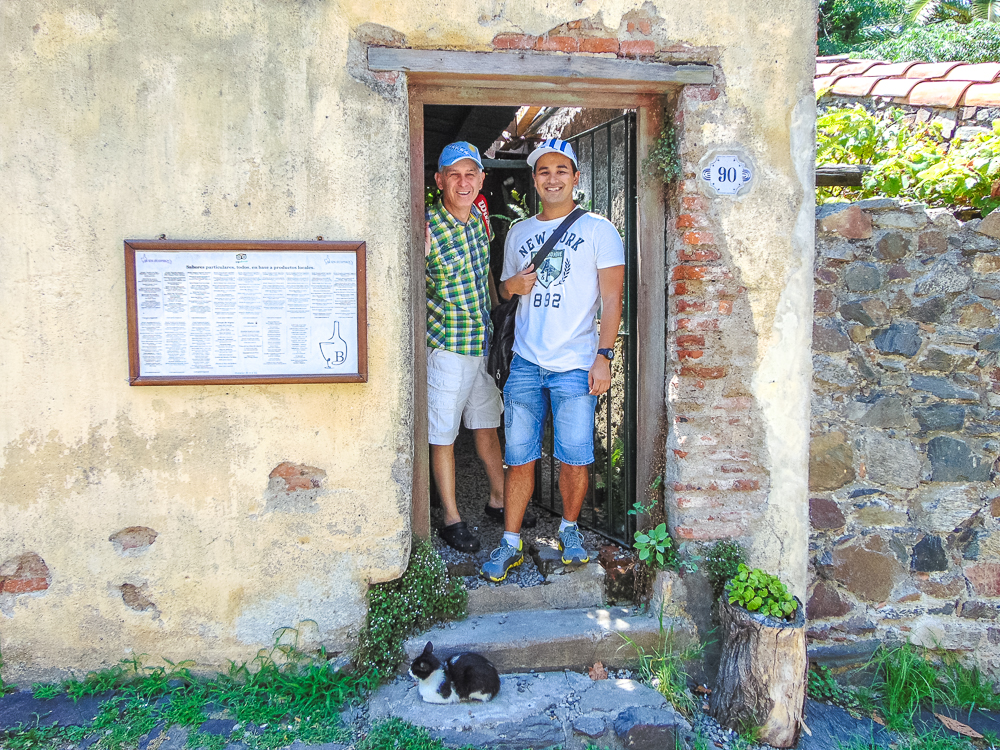
The most visited places are the Plaza Mayor, the lighthouse, the Calle de los Suspiros and the Portal.
There are 2 companies that offer ferry service between Buenos Aires and Colonia: Buquebus and Colonia Express.
We have chosen Buquebus, the most famous and reputable company. Seats are not assigned, but our ferry was not crowded. We had good seats with a beautiful view of the River Plate.
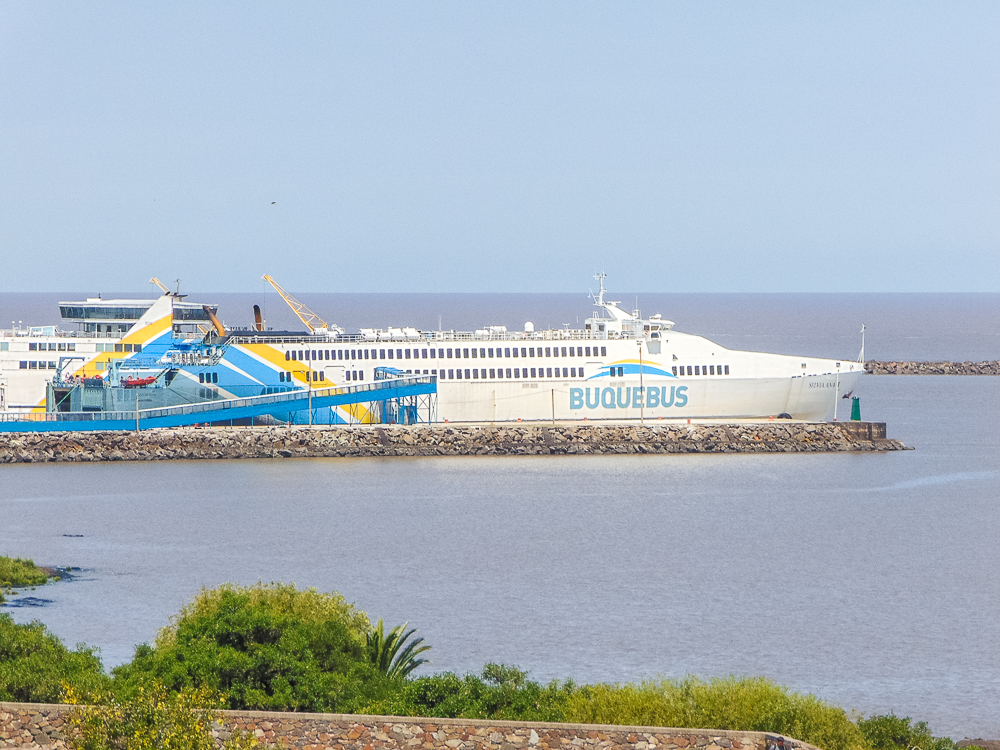
There are ferries that make the trip in 1h15 and others that make it in 3h15, less expensive. As we were going to spend the day, we chose the fastest.
The Buquebus ferries leave from Puerto Madero North and the Colonia Express ferries leave from Puerto Madero South. It is advisable to arrive at least 1 hour in advance, for check-in procedures, immigration, etc.
For those who take the bus to Montevideo, the station is right next to the maritime terminal, in Colonia. The bus company is called COT.
We pass the immigration for the departure of Argentina and for the arrival in Uruguay. The 2 employees sit next to each other and both stamp the passport. It’s the same for the return trip.
About ten minutes after departure, the duty free store opened, but the prices were not very interesting. Everything we saw at the store was more expensive than here in Canada.
Besides, if Argentina is considered an affordable country for tourists, Uruguay is not. Be prepared for a price difference.
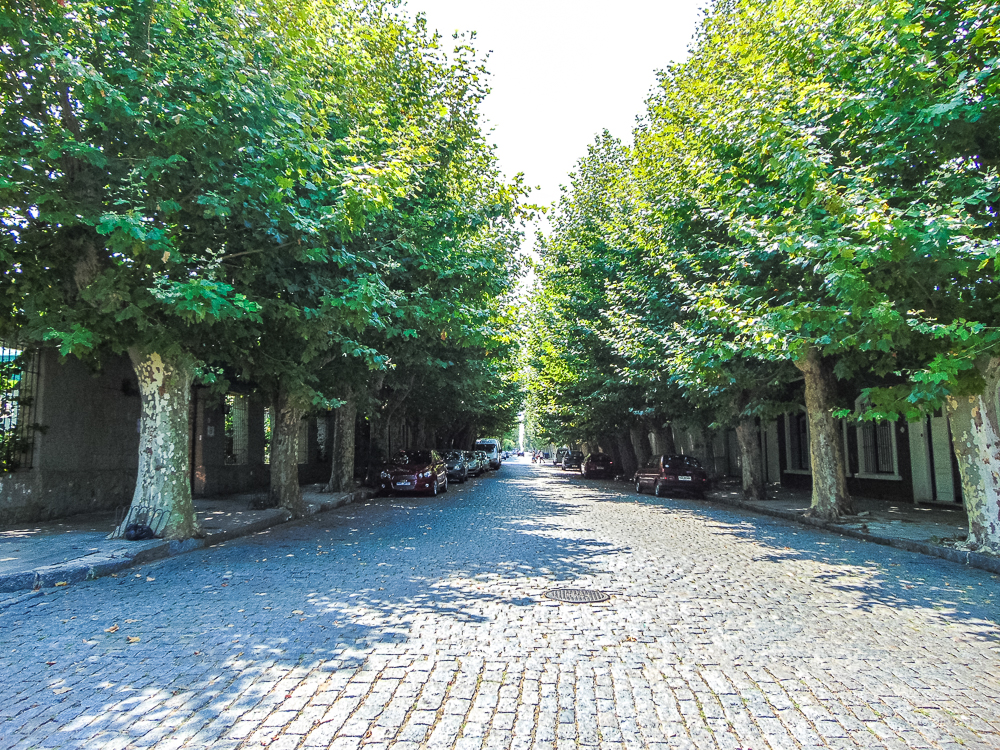
Other visits (which I did not make):
- Tiger River Delta: It is possible to go there by bus or train. You can visit the market (Puerto de Frutos), the Costa Park and take a boat trip.
- City of La Plata: The capital of the province of Buenos Aires is located 56 km from the city of Buenos Aires. It is possible to make a round trip by bus.
- Luján Zoo: This zoo is controversial, to allow people to be in contact with animals. There are those who claim that the animals are drugged, as in some zoos in Asia. I don’t endorse that kind of activity, so I didn’t go.
Book activities in Buenos Aires
Here are the recommended activities to book in Buenos Aires with Viator:
How to get to Buenos Aires
From Brazil
Before the pandemic, Gol, Azul, Latam, Aerolineas Argentinas, Turkish, Qatar and Emirates offered direct flights from Rio de Janeiro (GIG), São Paulo (GRU) and several capitals to Ezeiza (EZE) and Jorge Newbery (AEP) airports.
From Canada
There are flights with Air Canada (connection in Santiago), Copa (connection in Panama), Aeromexico (connection in Mexico City) and with American companies.
From Uruguay
There are flights from Montevideo (MVD) with Aerolineas Argentinas to the Jorge Newbery Airpark (AEP) and ferries (Buquebus and Colonia Express) from Montevideo and Colonia del Sacramento.
The city of Buenos Aires is served by 2 airports:
- The Ministro-Pistarini International Airport of Ezeiza, better known as Ezeiza(EZE), which receives international flights and some internal flights;
- The Jorge Newbery Airpark(AEP), which receives internal flights, as well as some flights from Uruguay and Brazil.
It is a very convenient airport, as it is located in the district of Palermo, while the international airport is located in the city of Ezeiza, 22 km from the city center.
Flavors of Buenos Aires
- Wine;
- Dulce de leche (milk jam, caramel);
- Ice cream with dulce de leche. The most famous one is at Freddo’s, but everywhere will be good!
- The alfajor (pastry made of two or more cookies, joined by a sweet filling, and most often topped with chocolate, icing or powdered sugar. The filling is usually made of fruit jam, dulce de leche, or chocolate mousse). The most famous brand is Havanna but there are several that are also good;
- Empanadas (small puff pastry, sometimes bread dough, filled with meat, fish, egg, potato or other ingredients, depending on the customs of each region);
- The parrillada (barbecue), because Argentina is known for having the best meats in the world;
- Chimichurri is a chili-based condiment from Argentina. It is a variation of the green sauce, although there is a red version, also used as a marinade for grilled meat;
- Argentina’s national drink is mate (or yerba mate), an infusion that Argentines drink at all hours of the day. The word mate also refers to the calabash that serves as a container for the infusion. The mate is drunk through a large metal straw with a filter at the end called the bombilla. This drink is also appreciated in Uruguay and Paraguay. In Brazil, this is called Chimarrão. *I tasted it in Brazil and Argentina and I didn’t like it! It looks like a lawn tea… hahaha
Bottom line
Enjoy your trip to Buenos Aires and Colonia!
Photo credits: “Courtesy of the Tourism Agency of the City of Buenos Aires: travel.buenosaires.gob.ar”.



